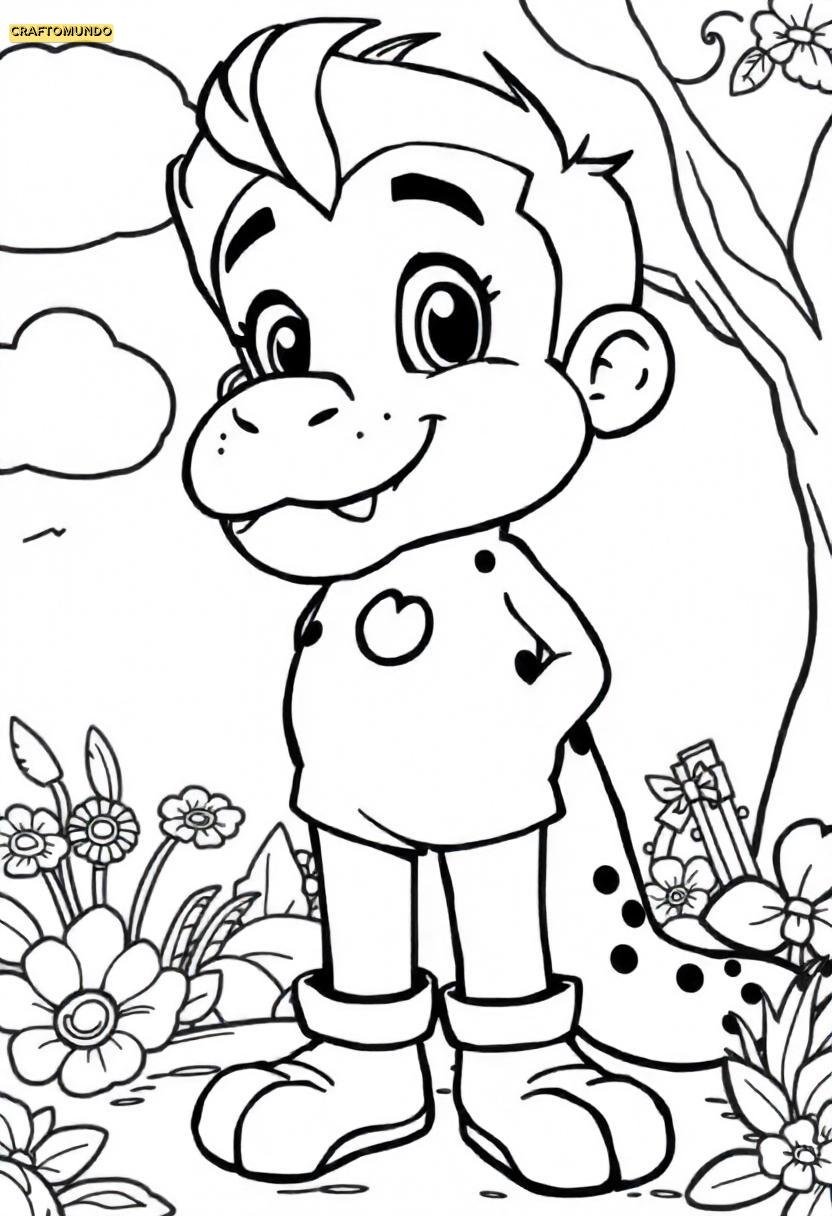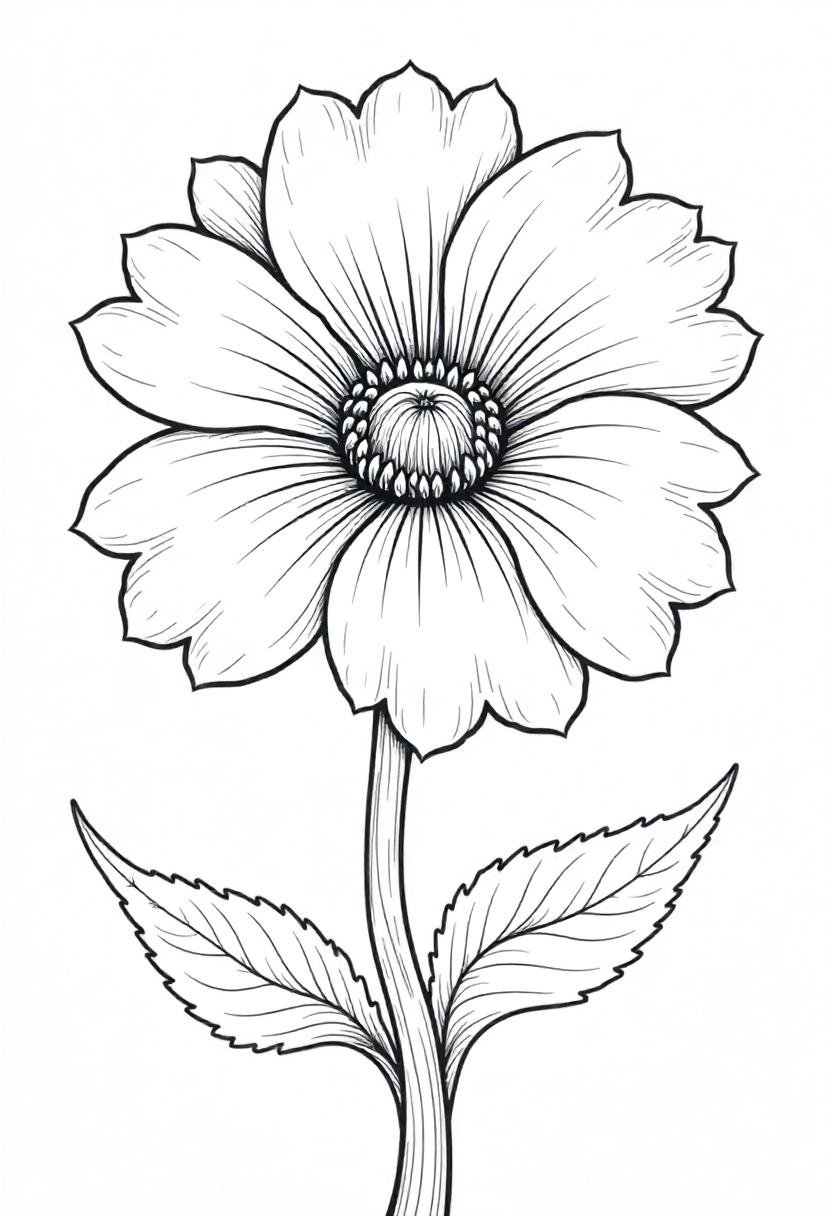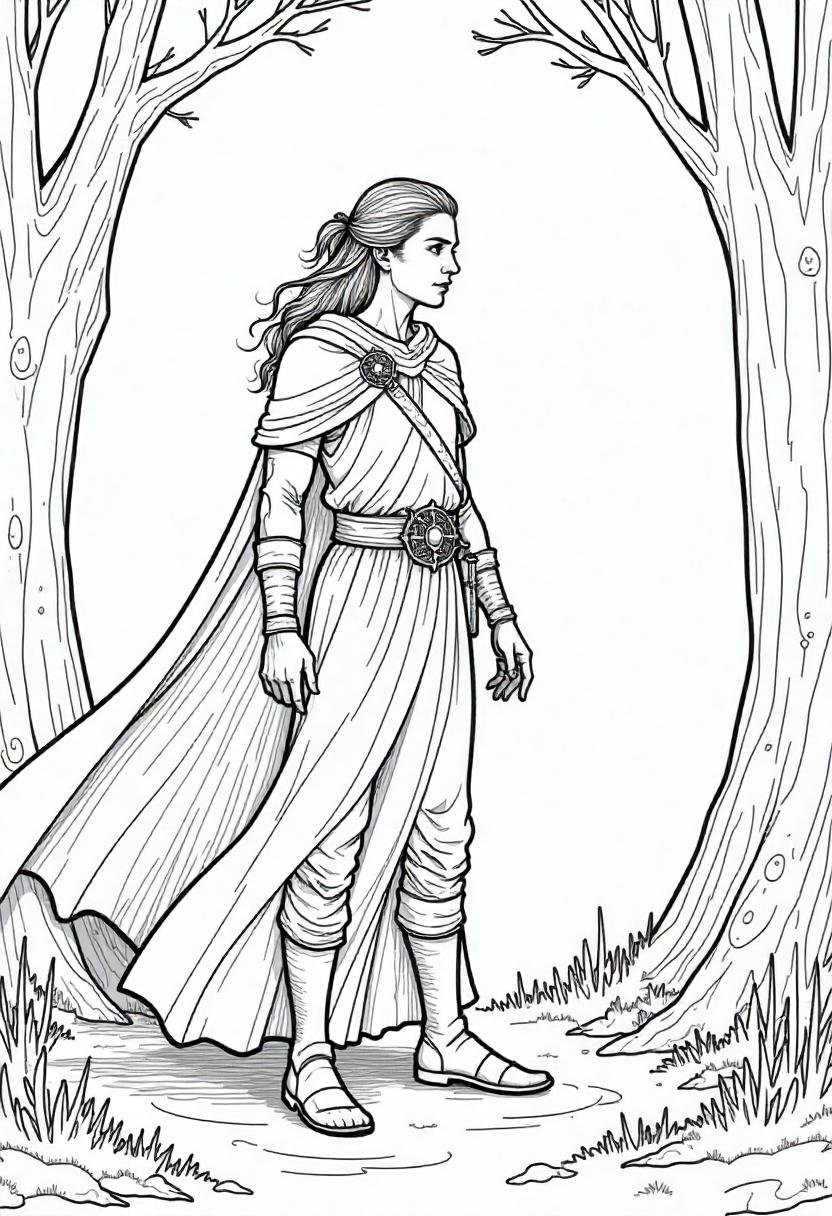37 Coloring Pages of Dogs
Dog lovers, art enthusiasts, and anyone looking for a relaxing pastime, rejoice! Coloring dog-themed pages is the perfect way to combine your love for our furry friends with the calming joy of creativity.
Here are some simple and easy options to help you get started.
Coloring Pages of Dogs
1
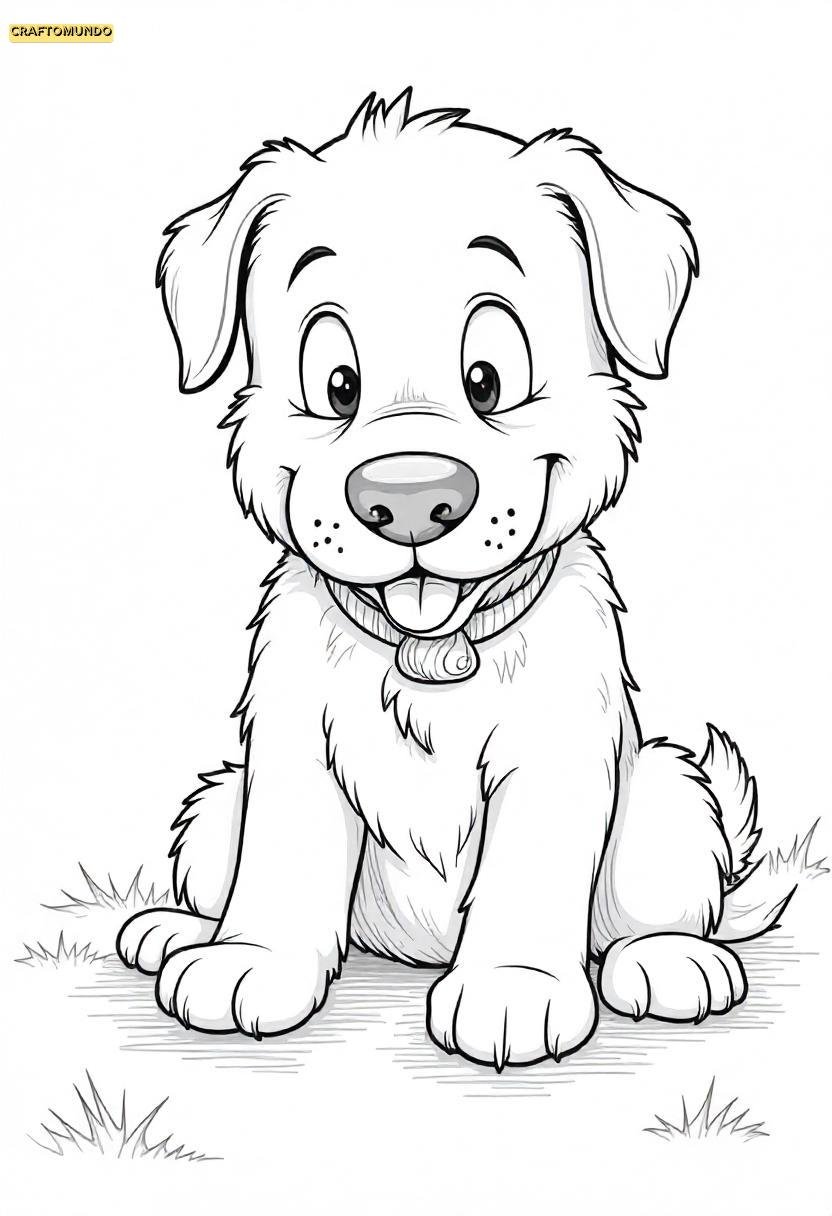
2
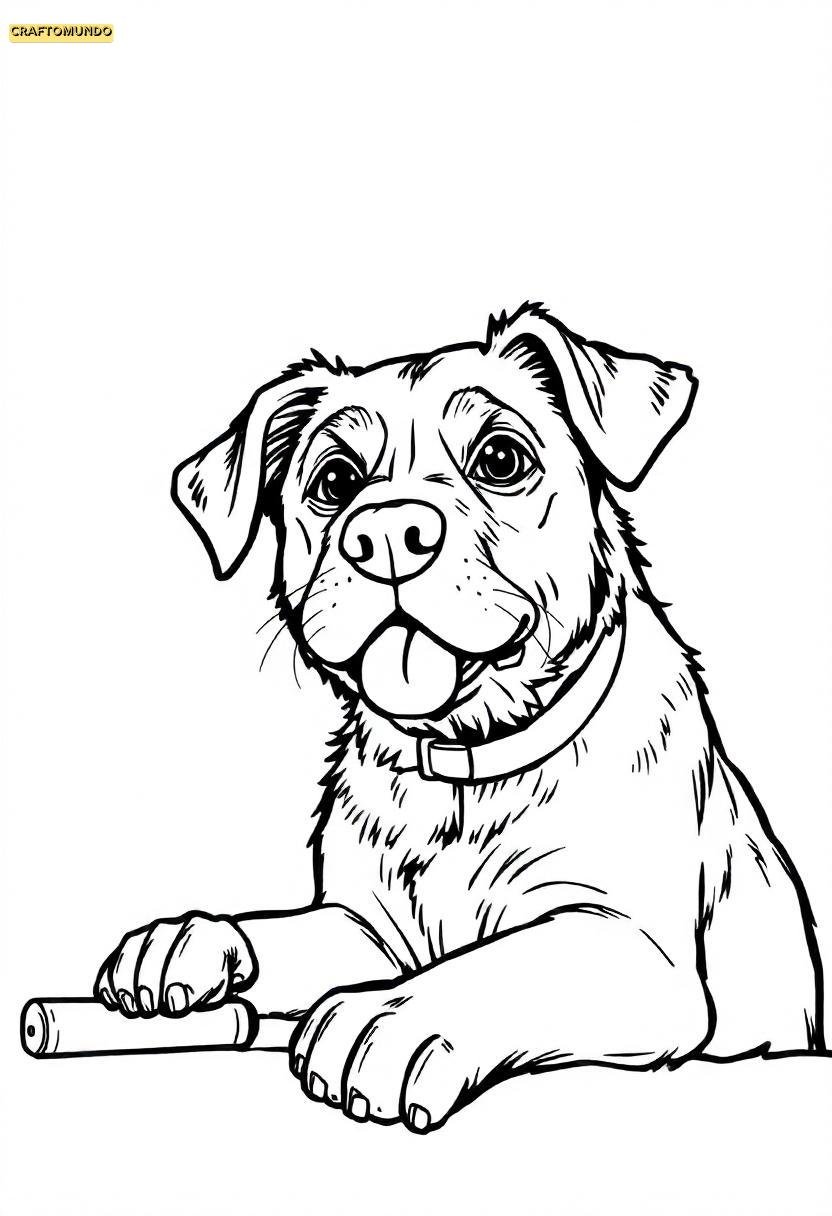
3
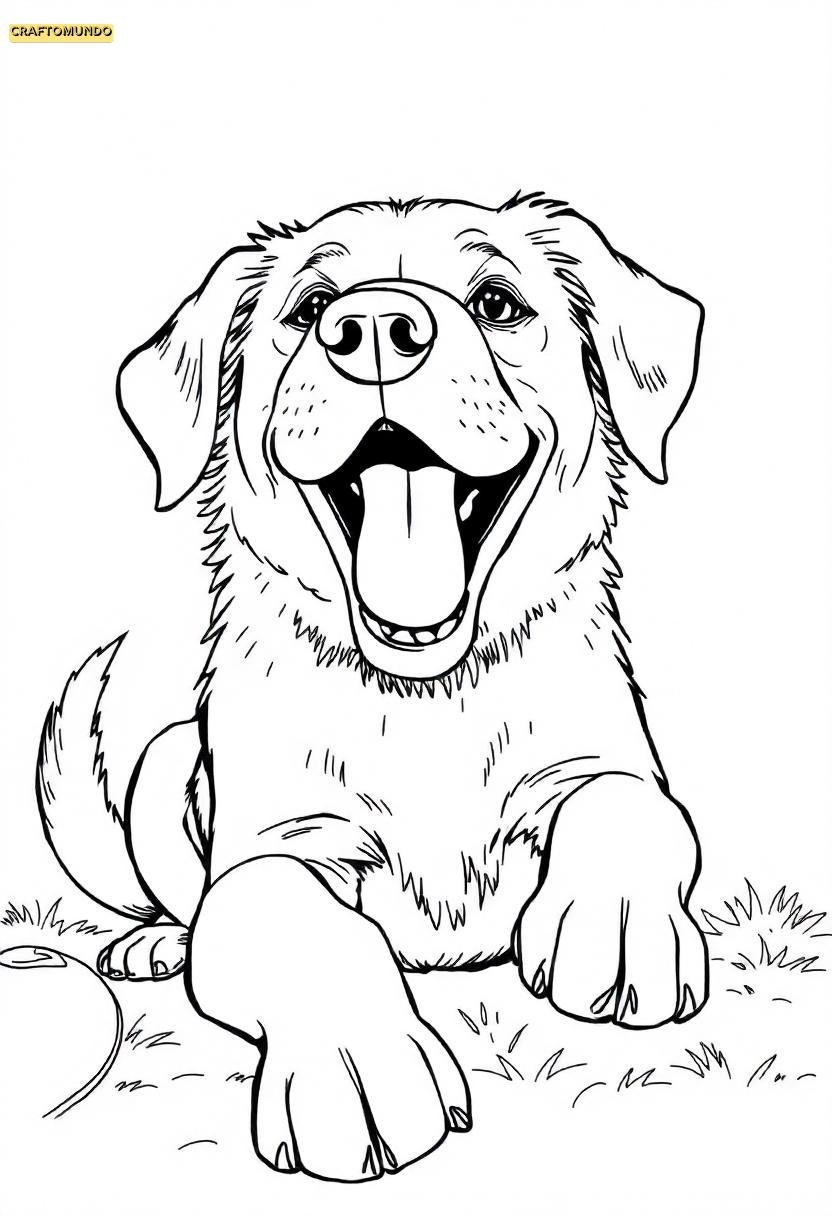
4

5
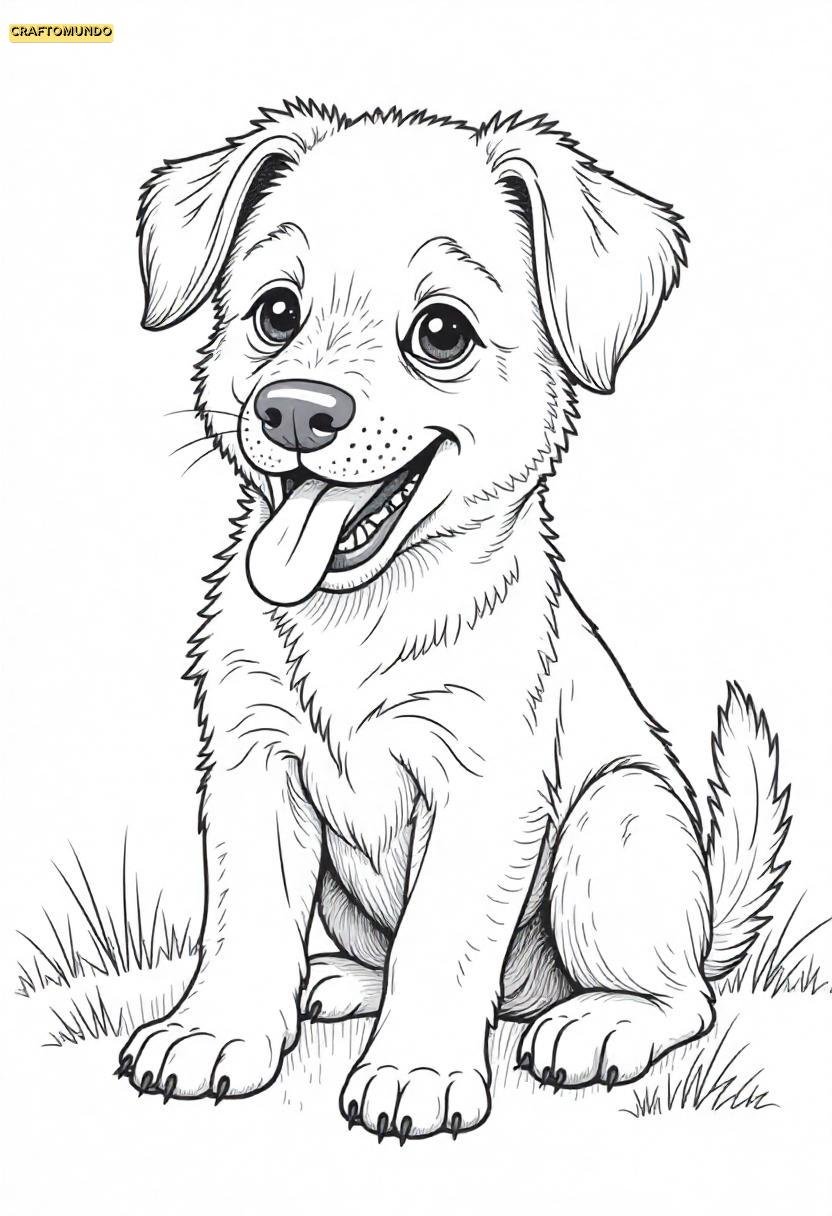
6
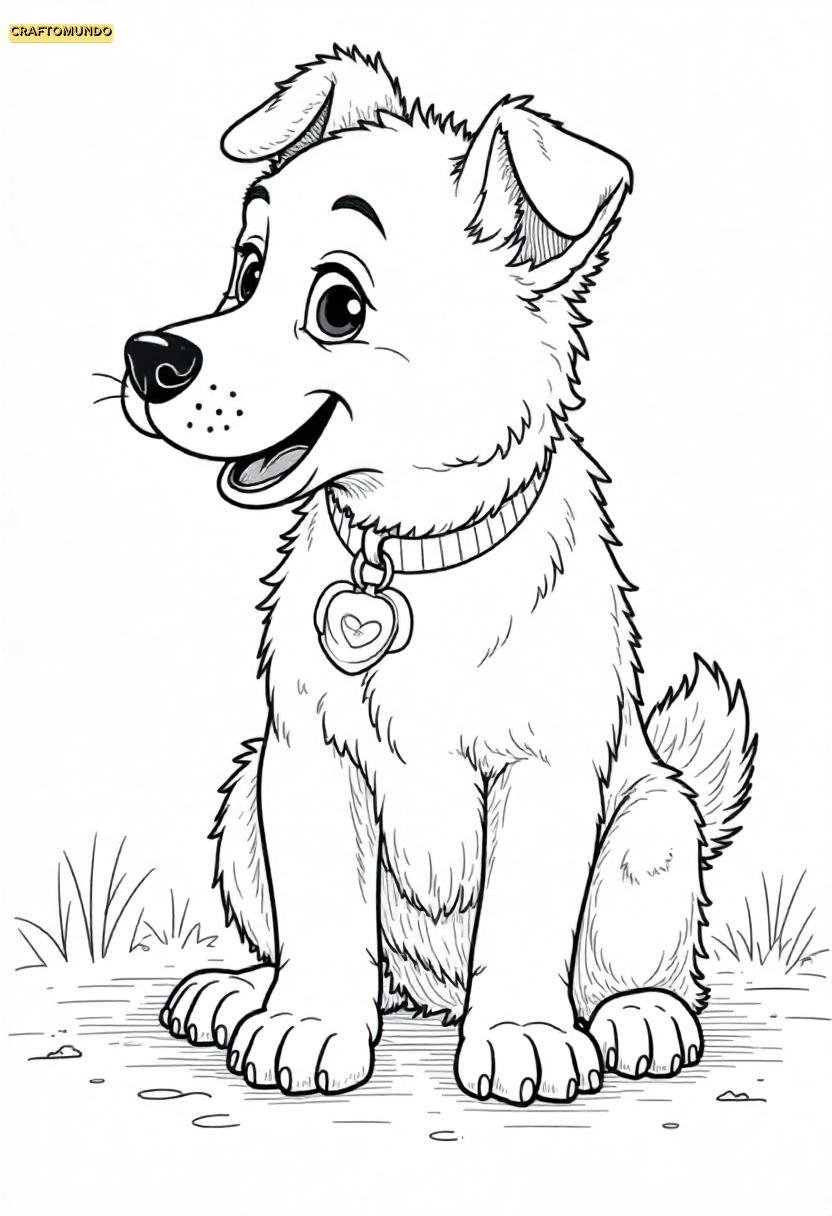
7
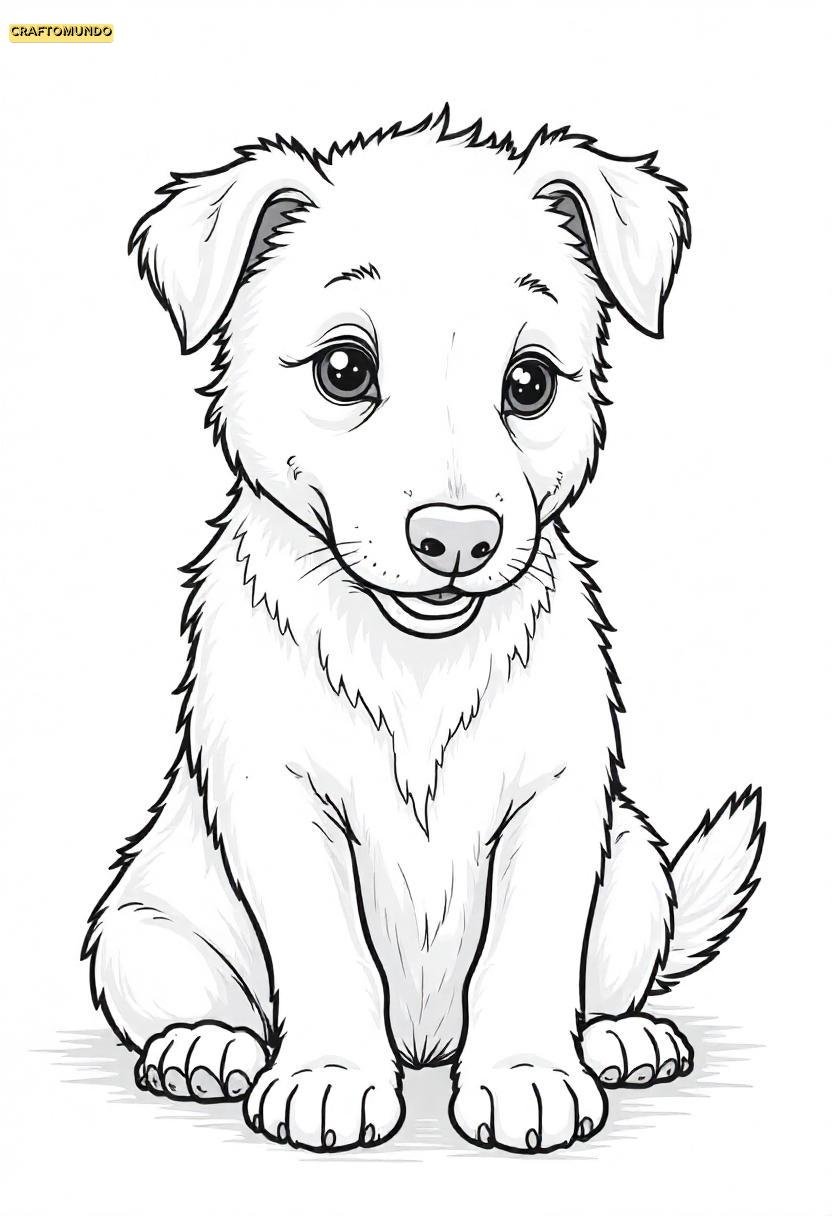
8
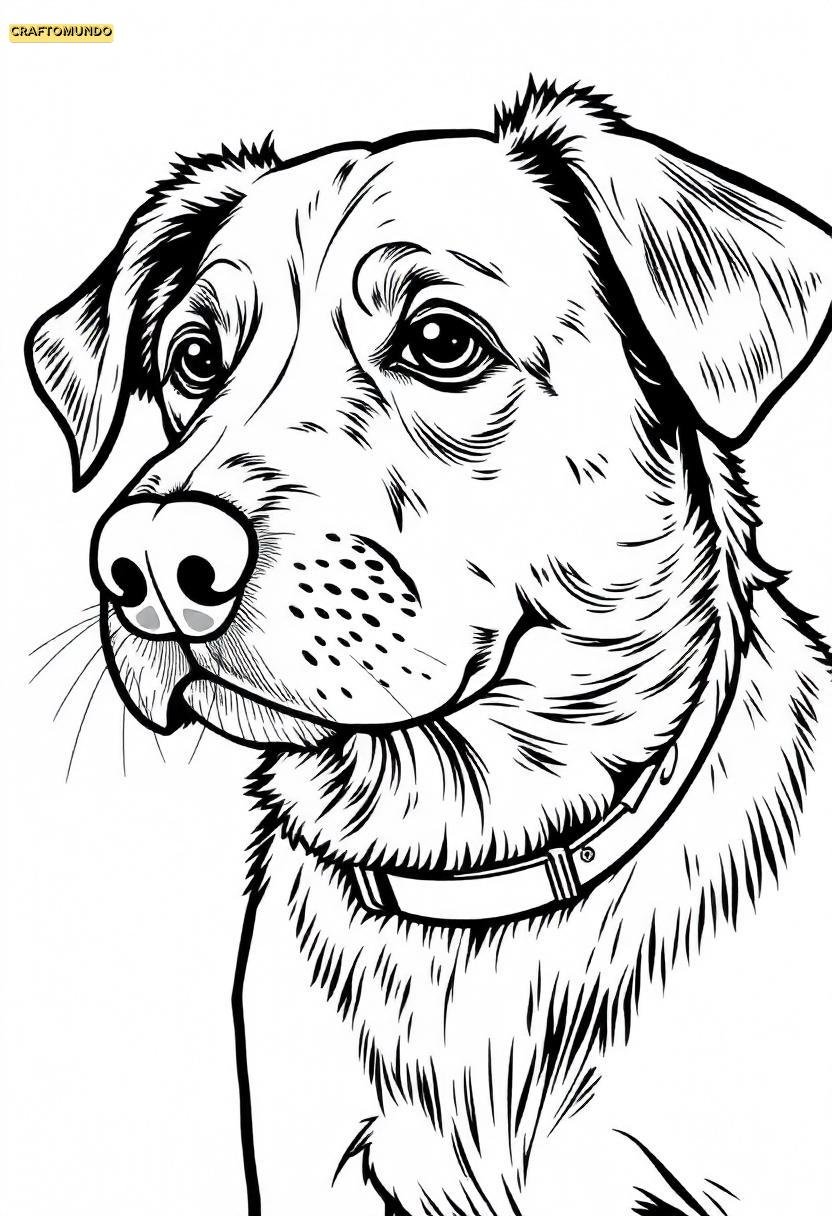
9
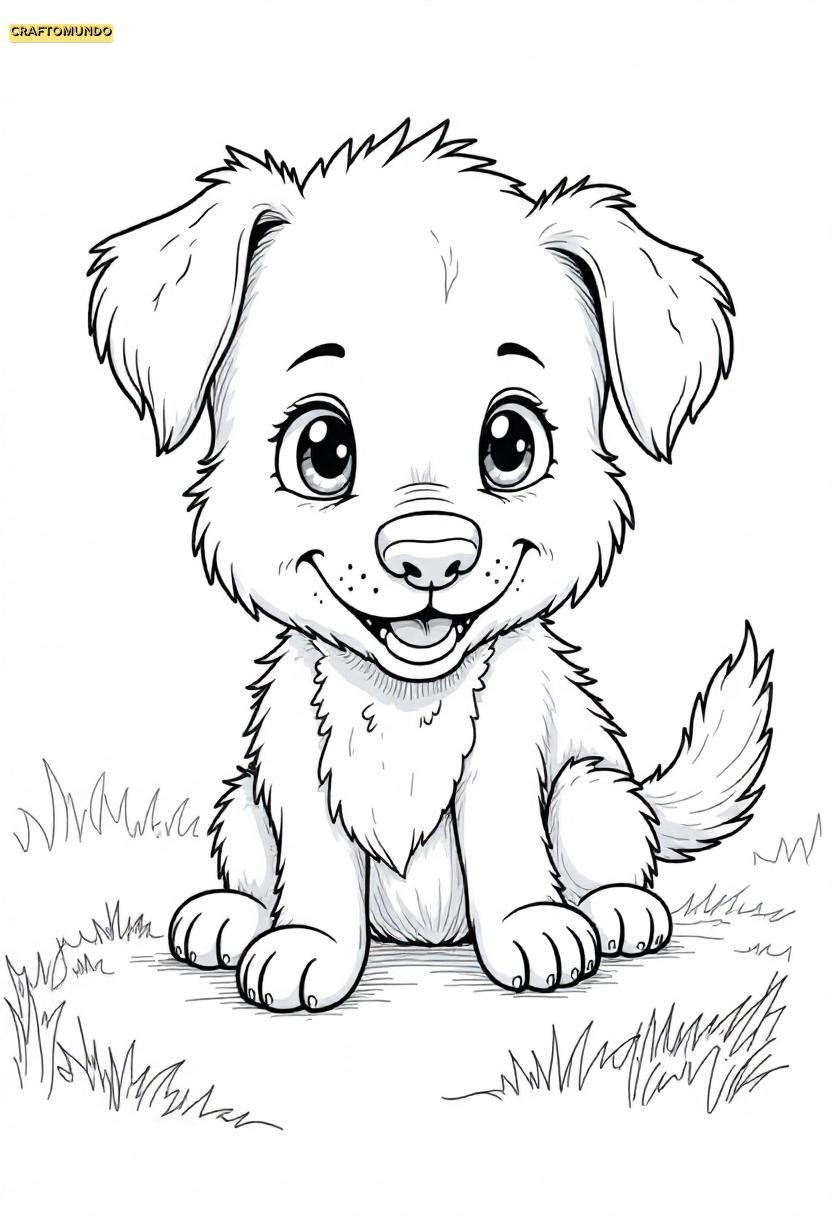
10
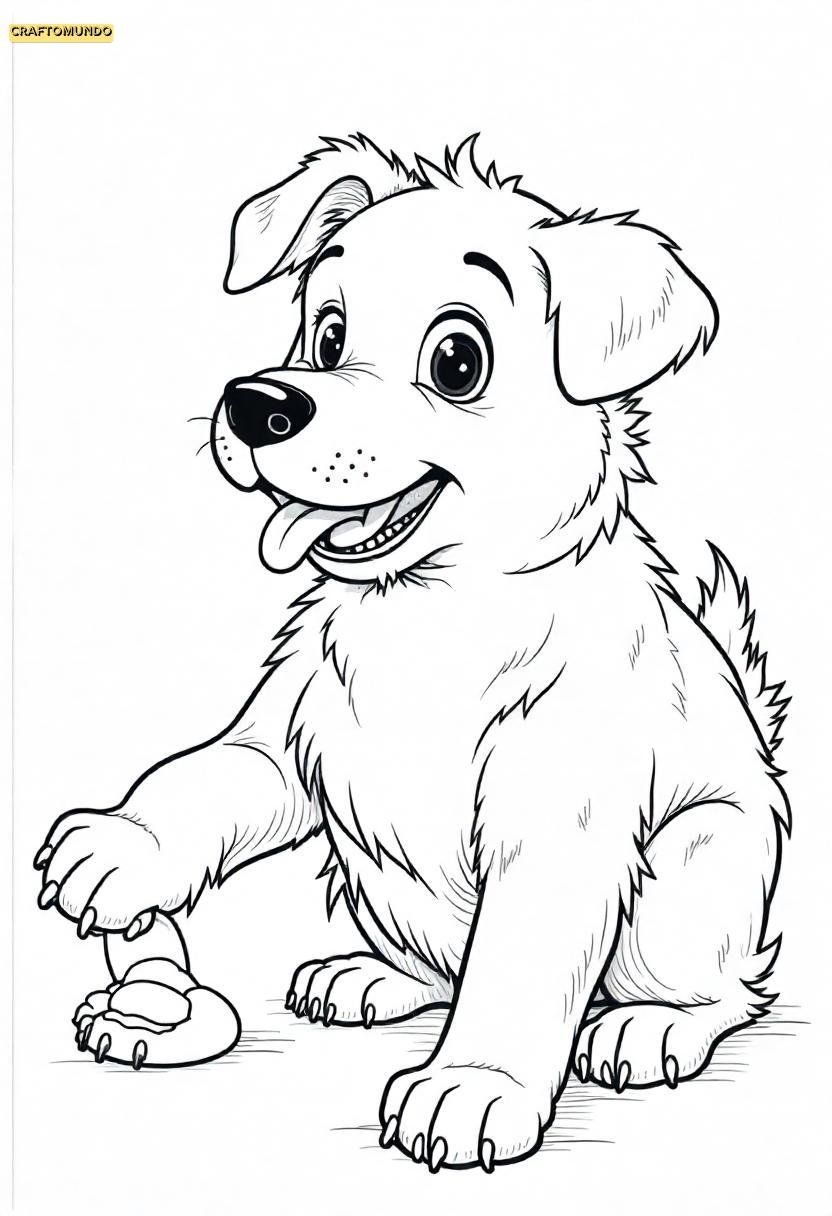
11
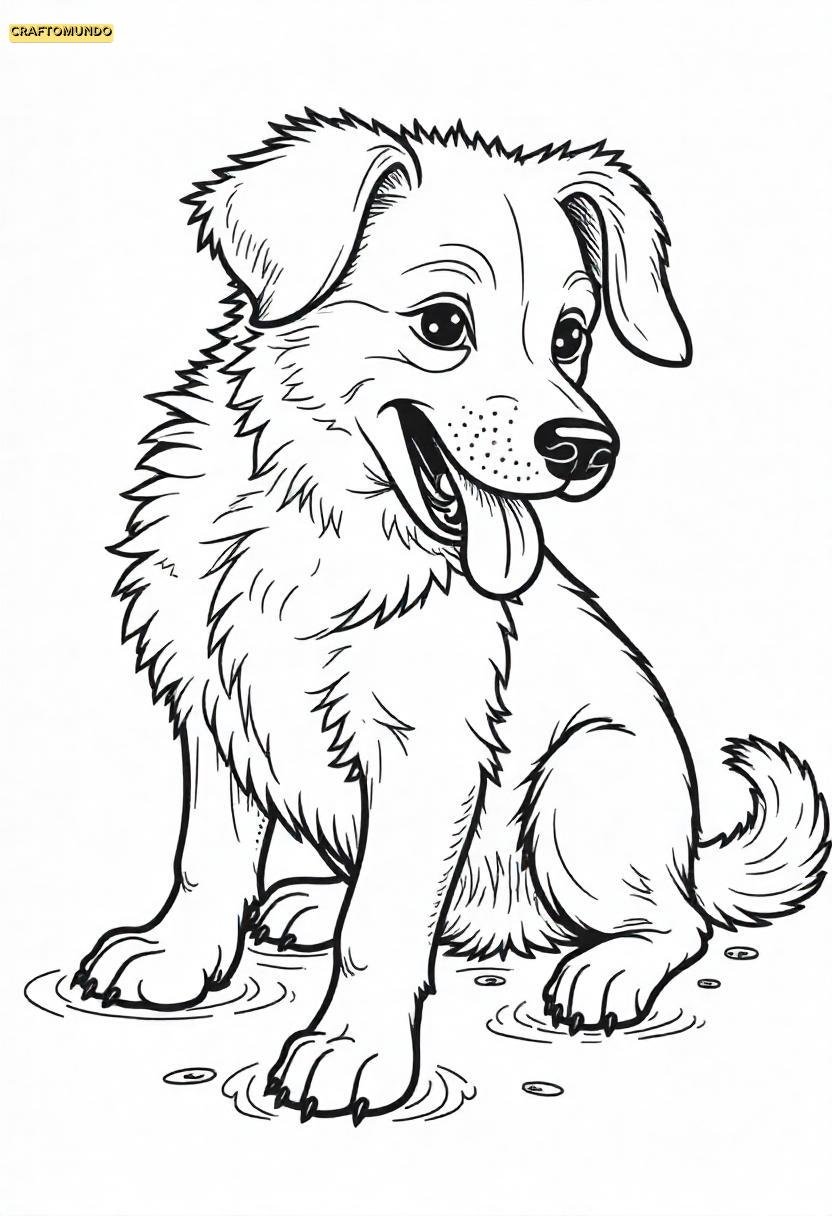
12

13
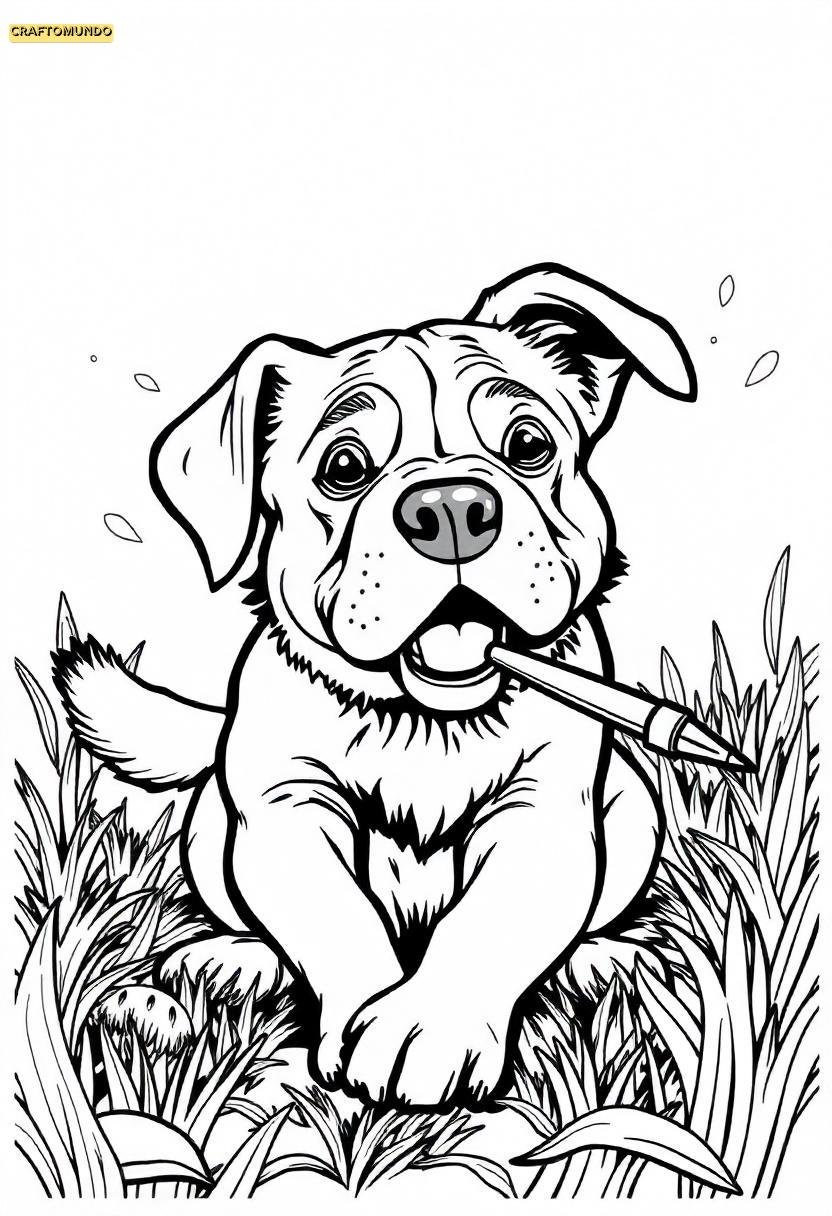
14
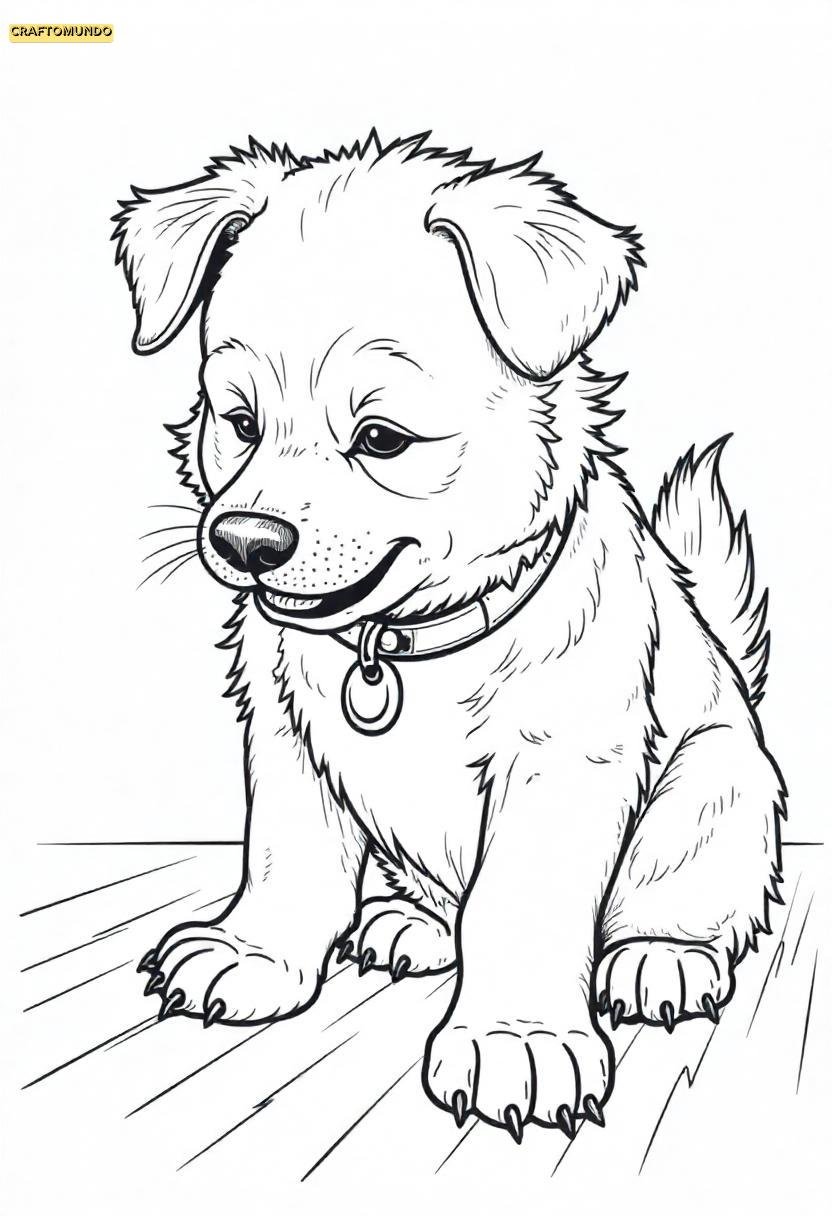
15

16
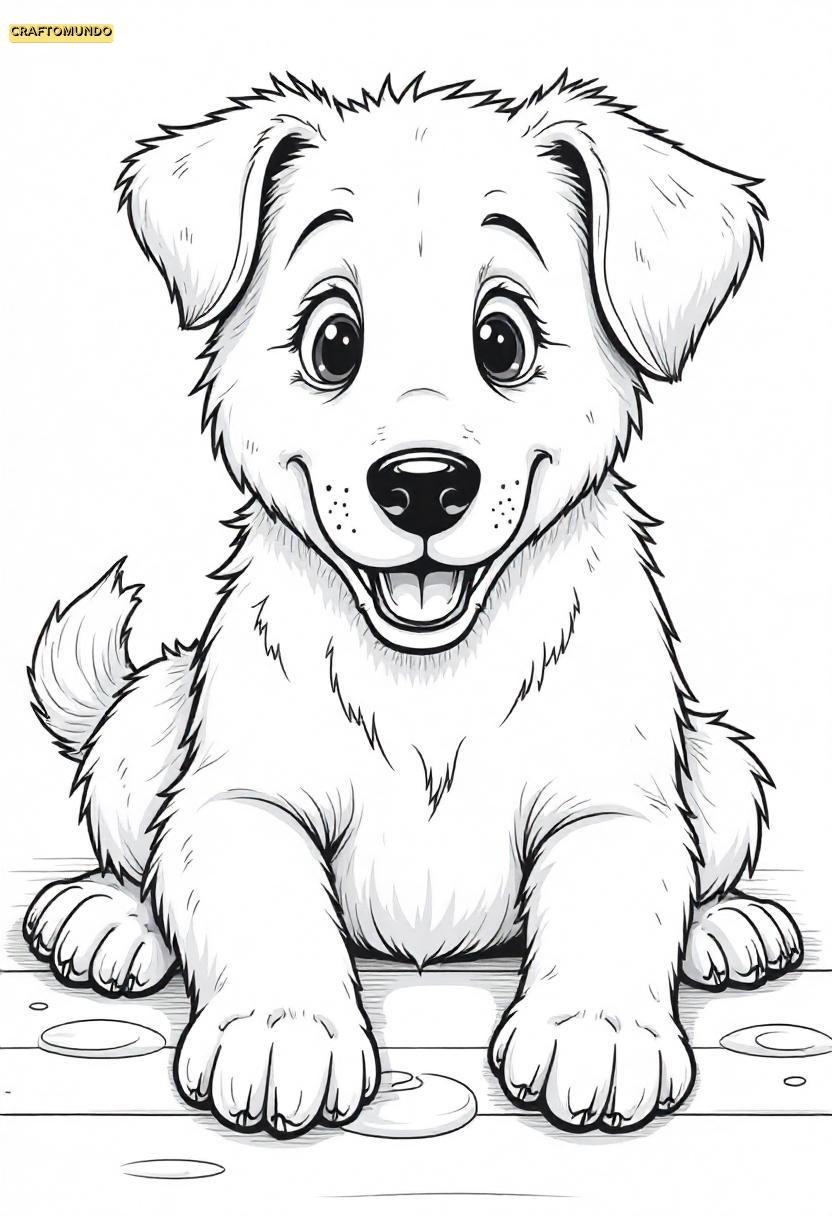
17
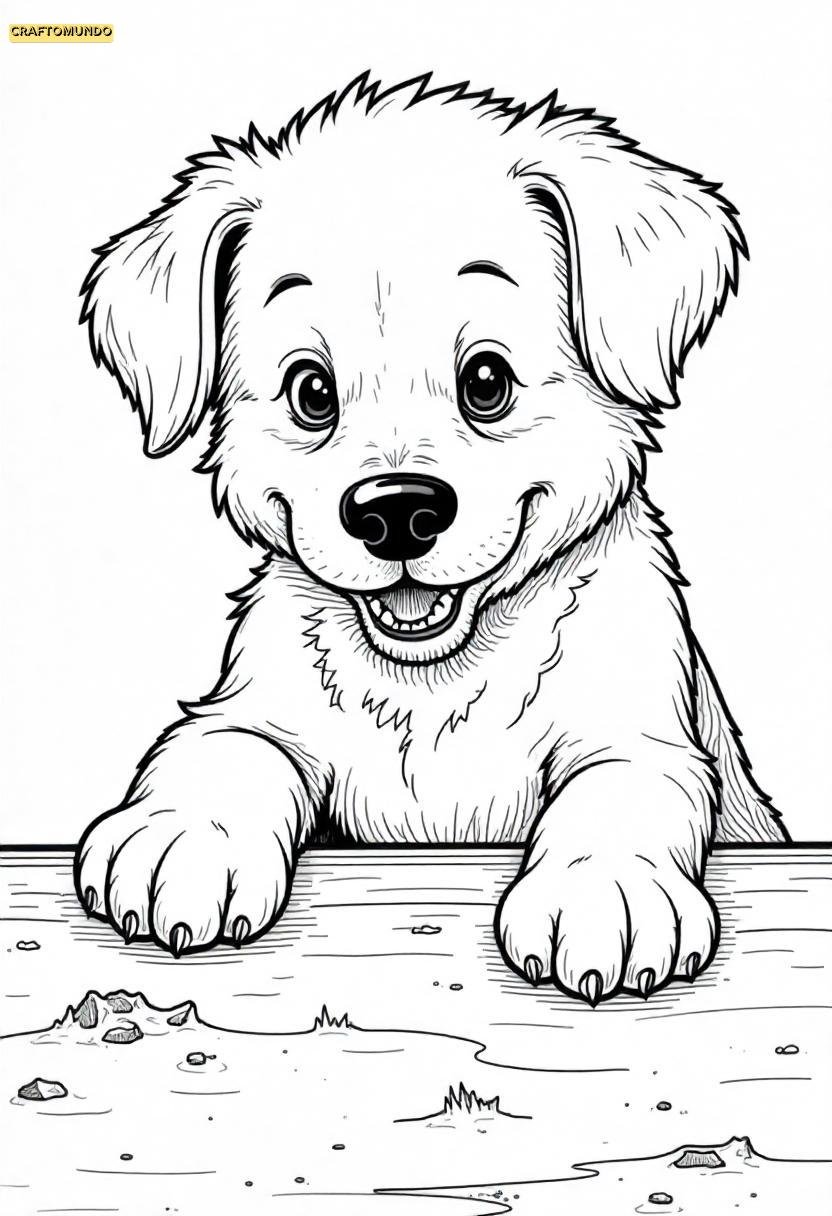
18
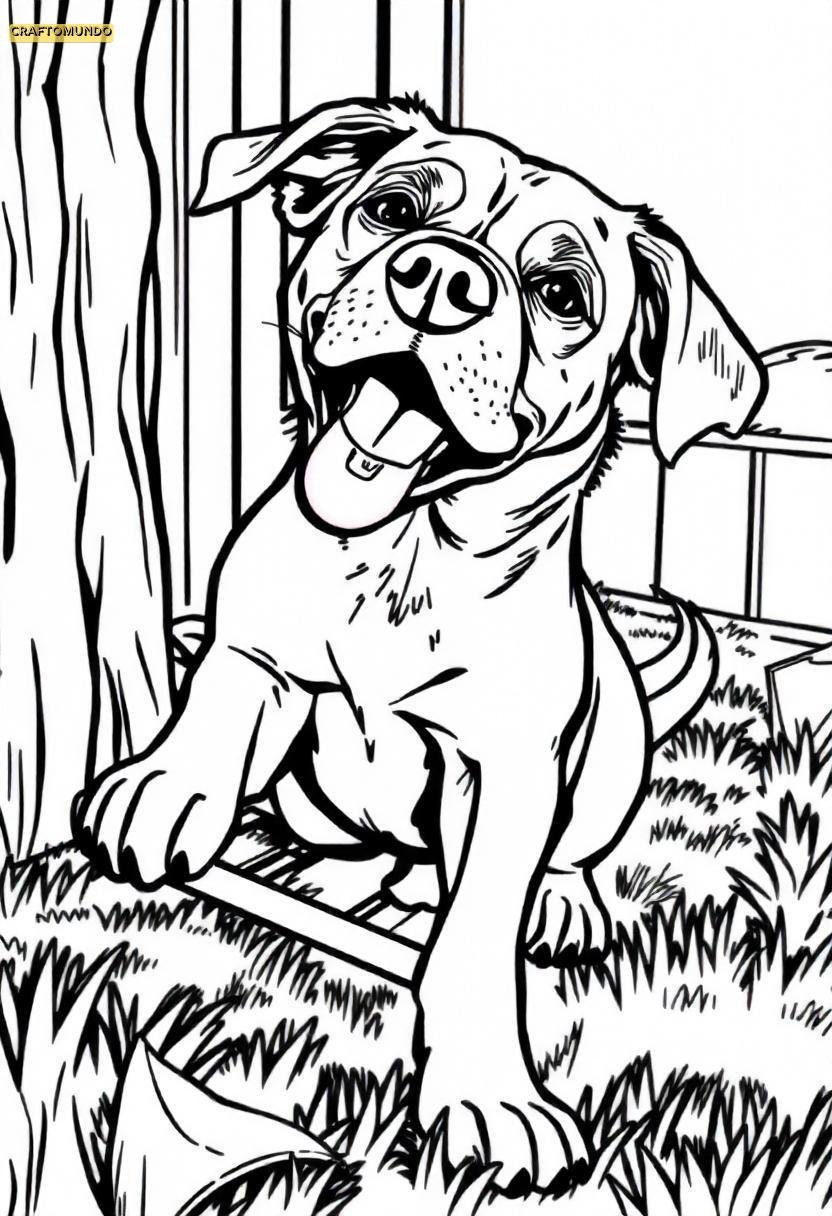
19
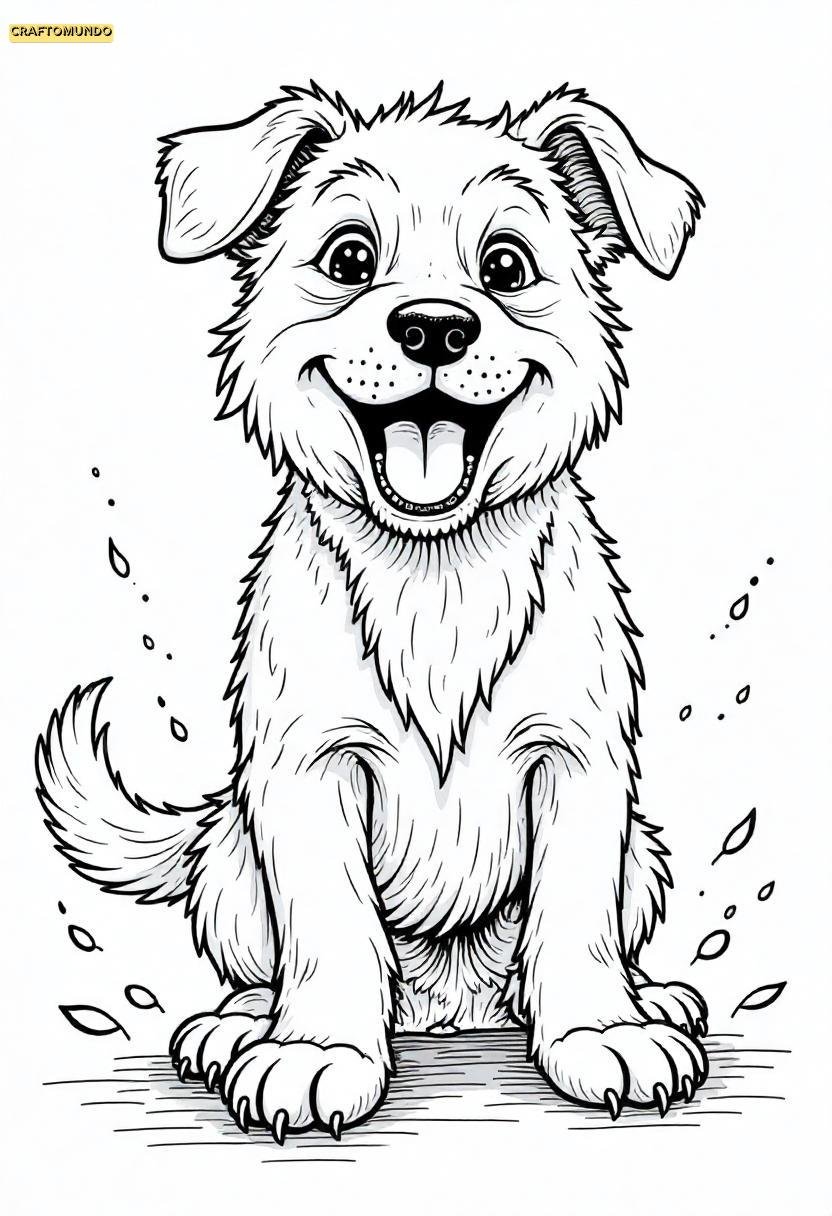
20
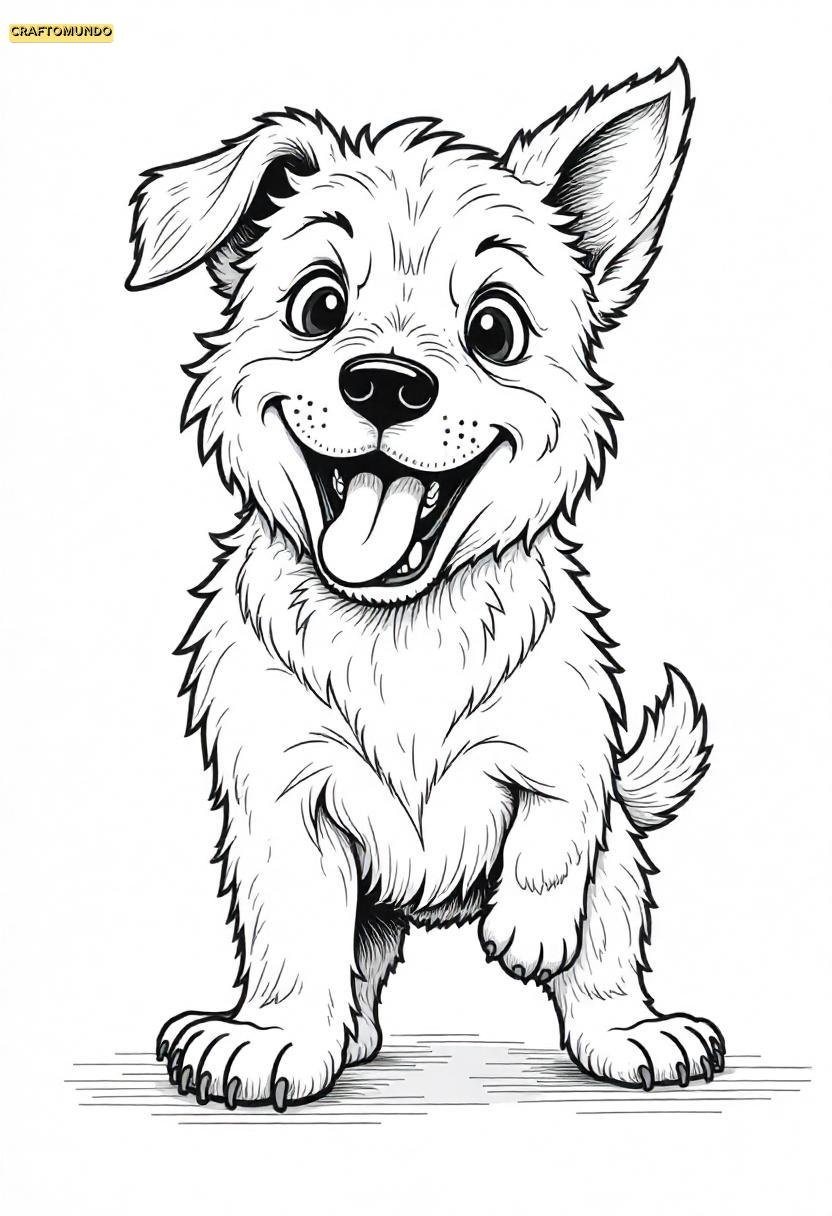
21
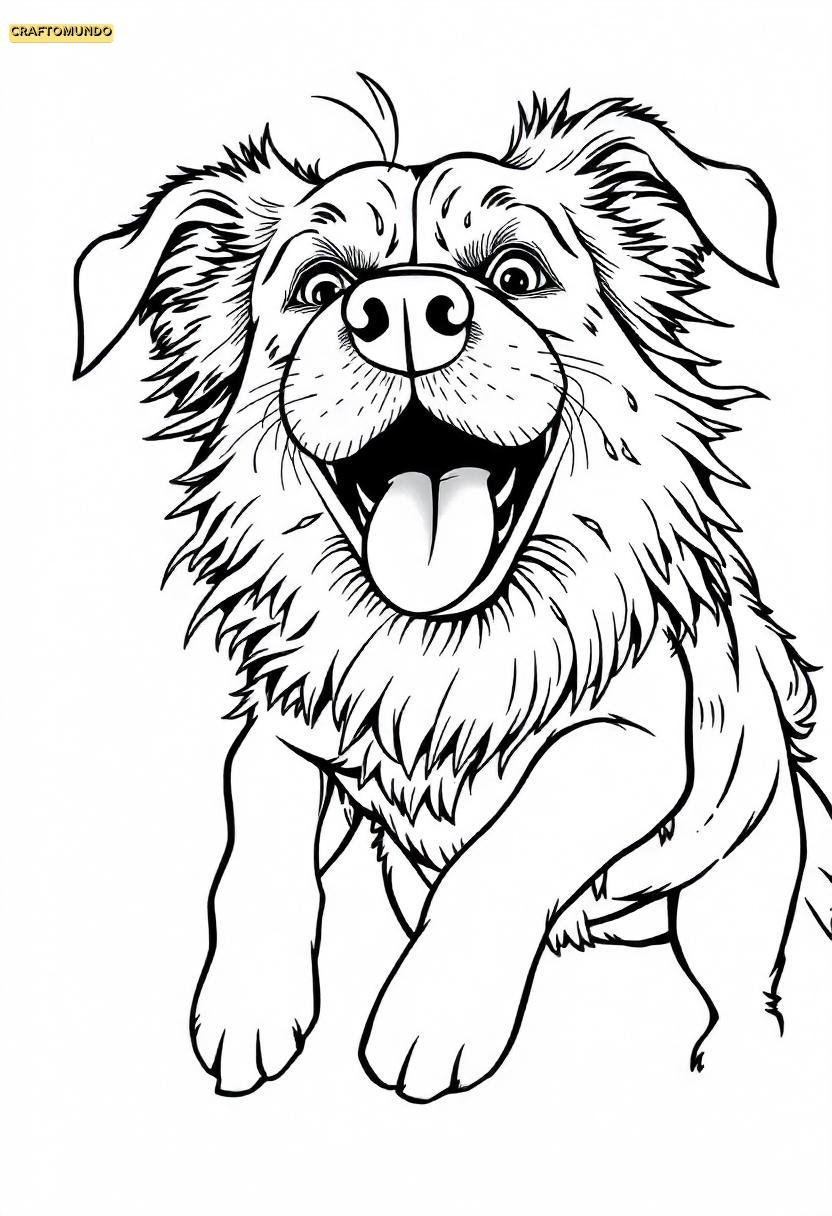
22
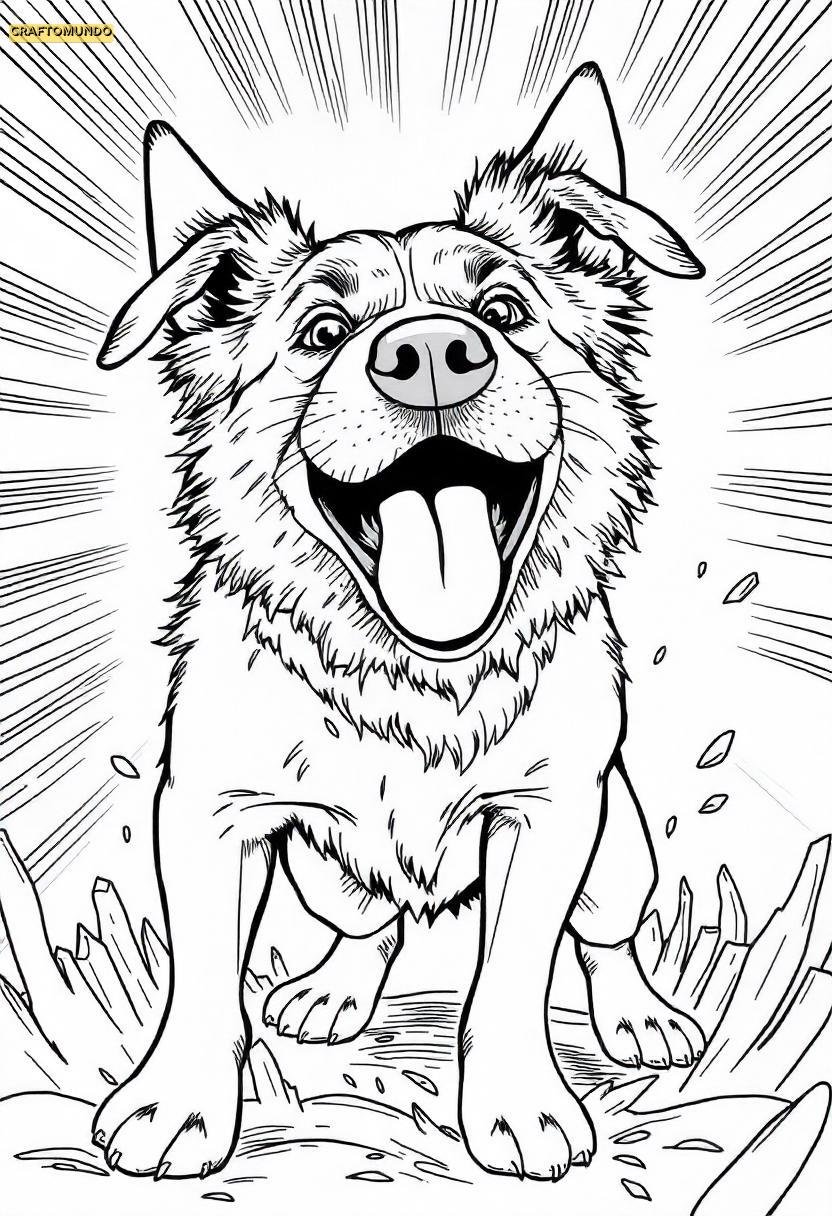
23
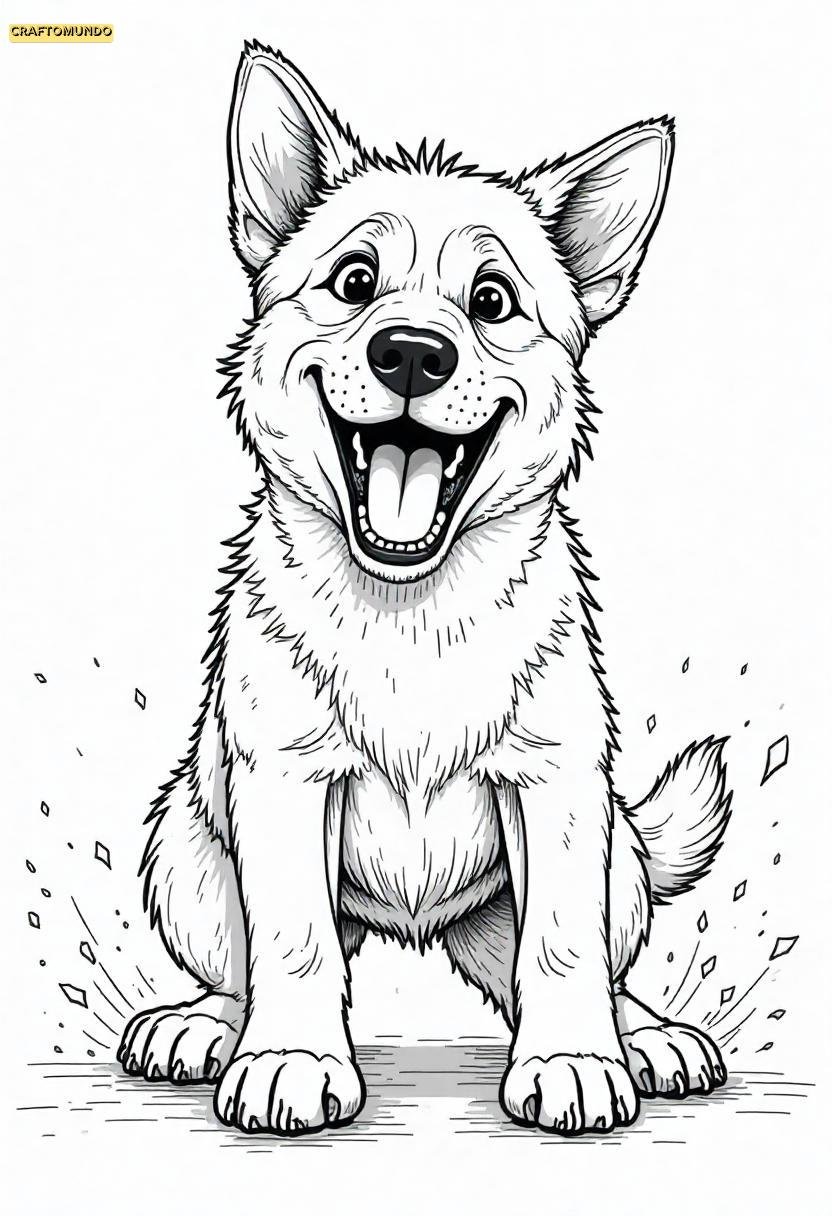
24
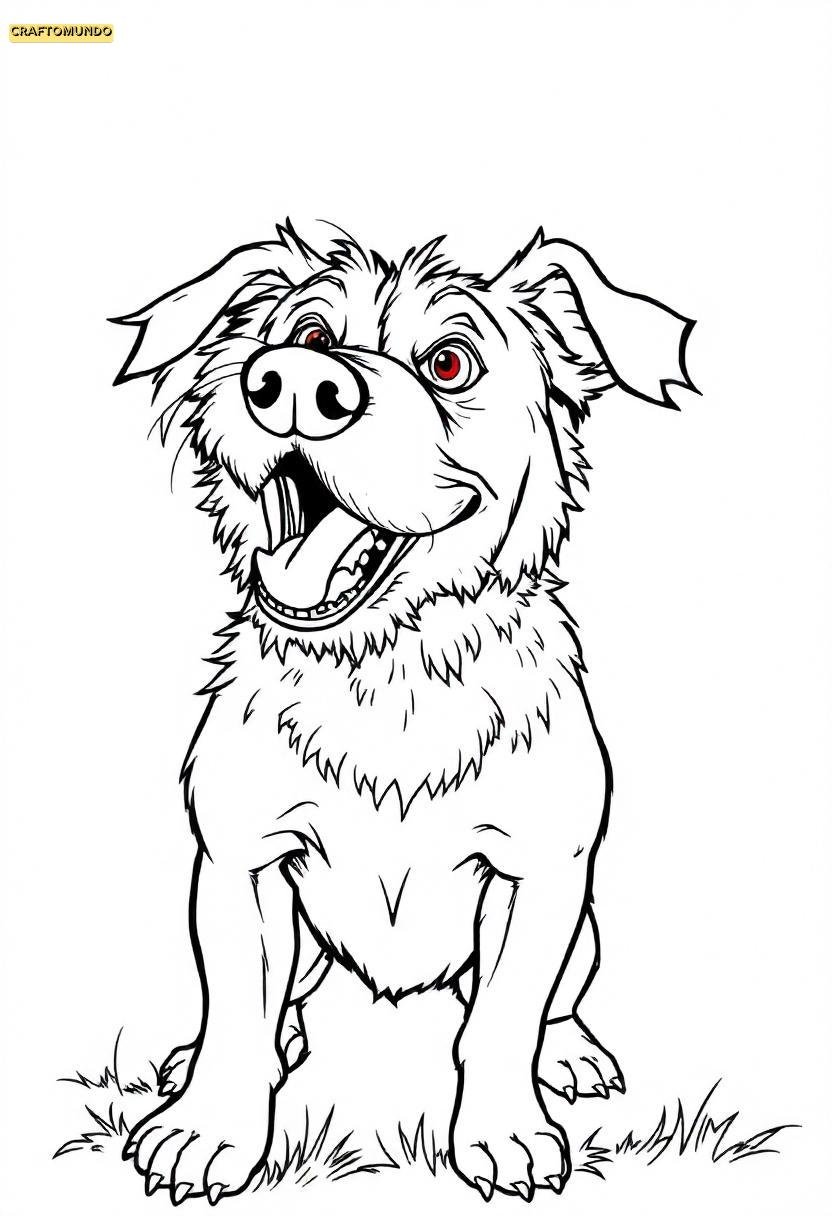
25
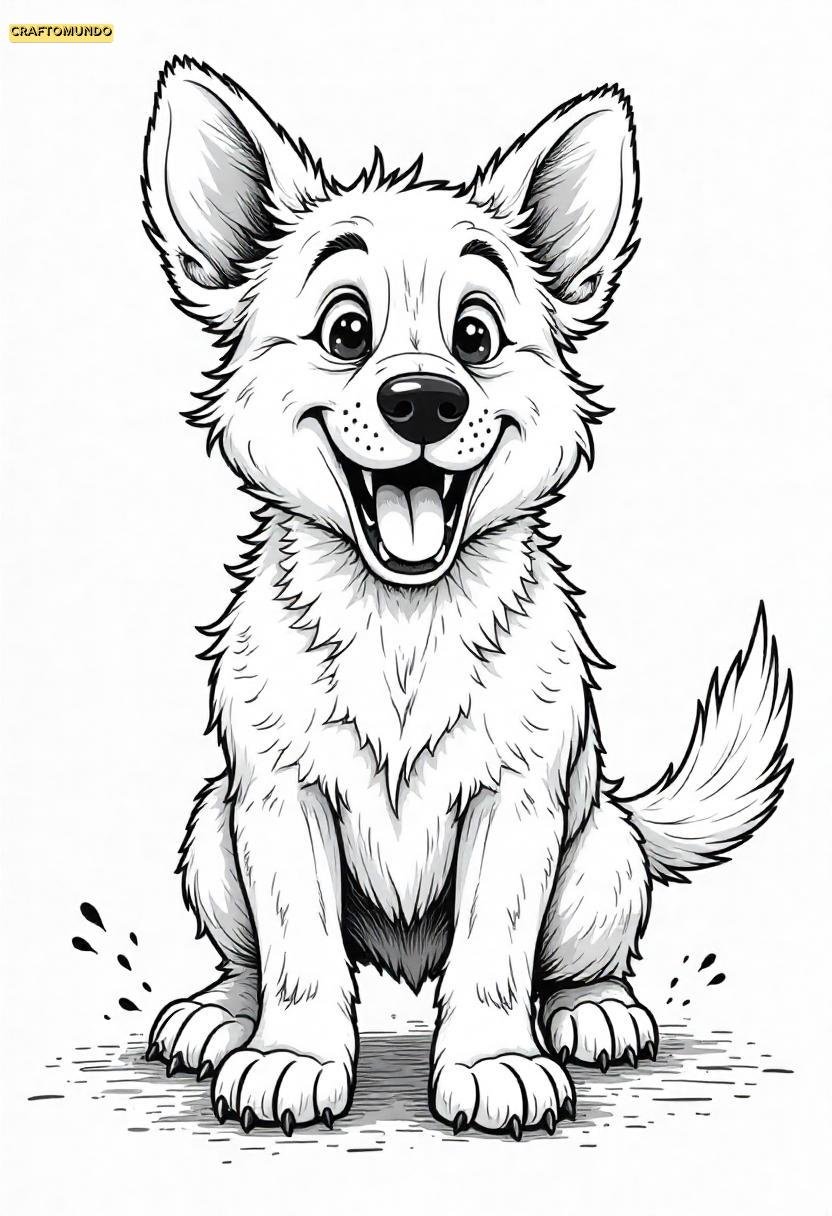
26
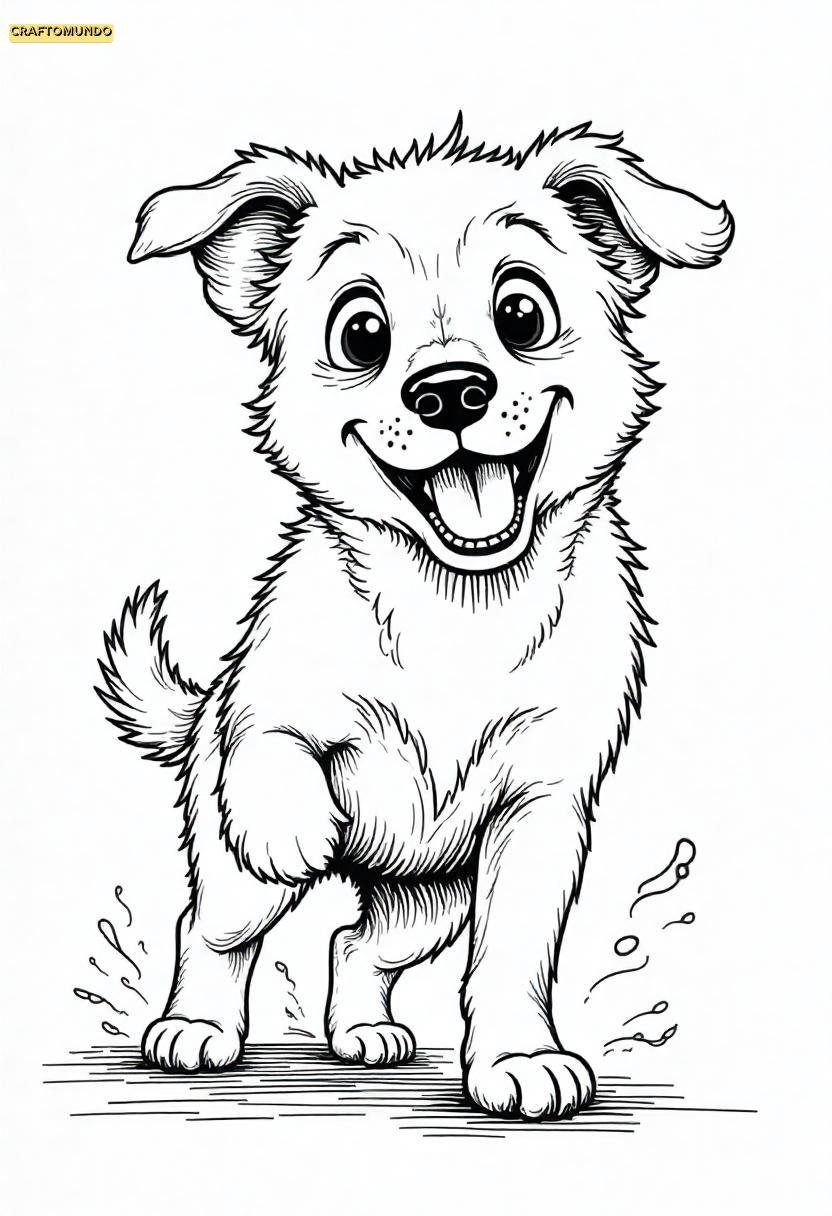
27
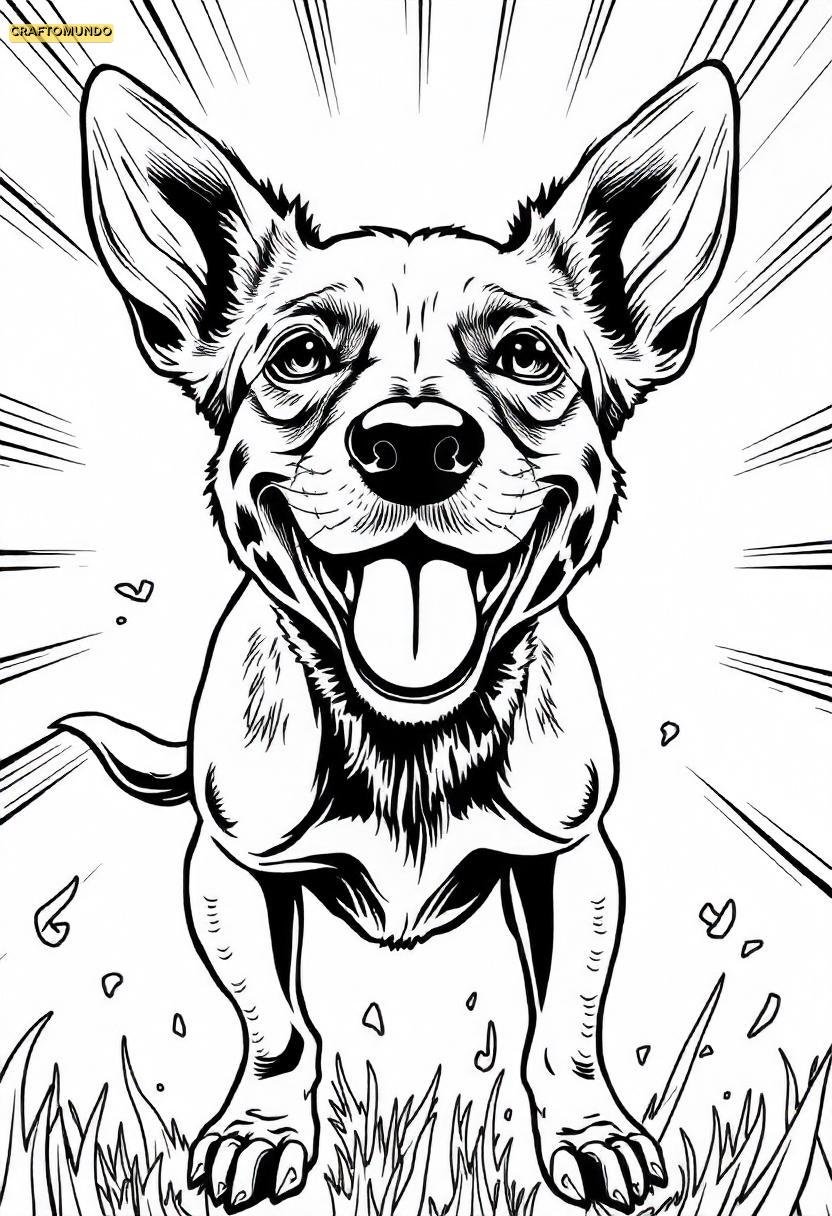
28
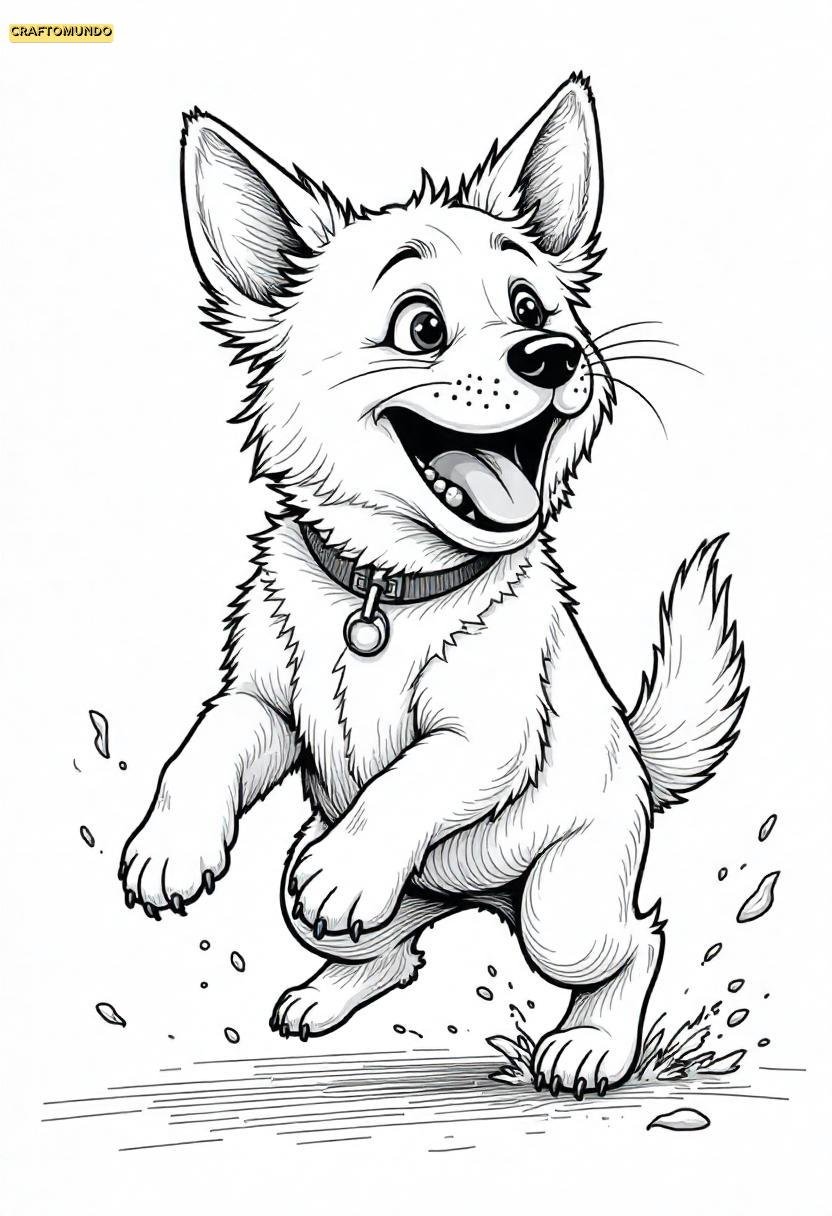
29
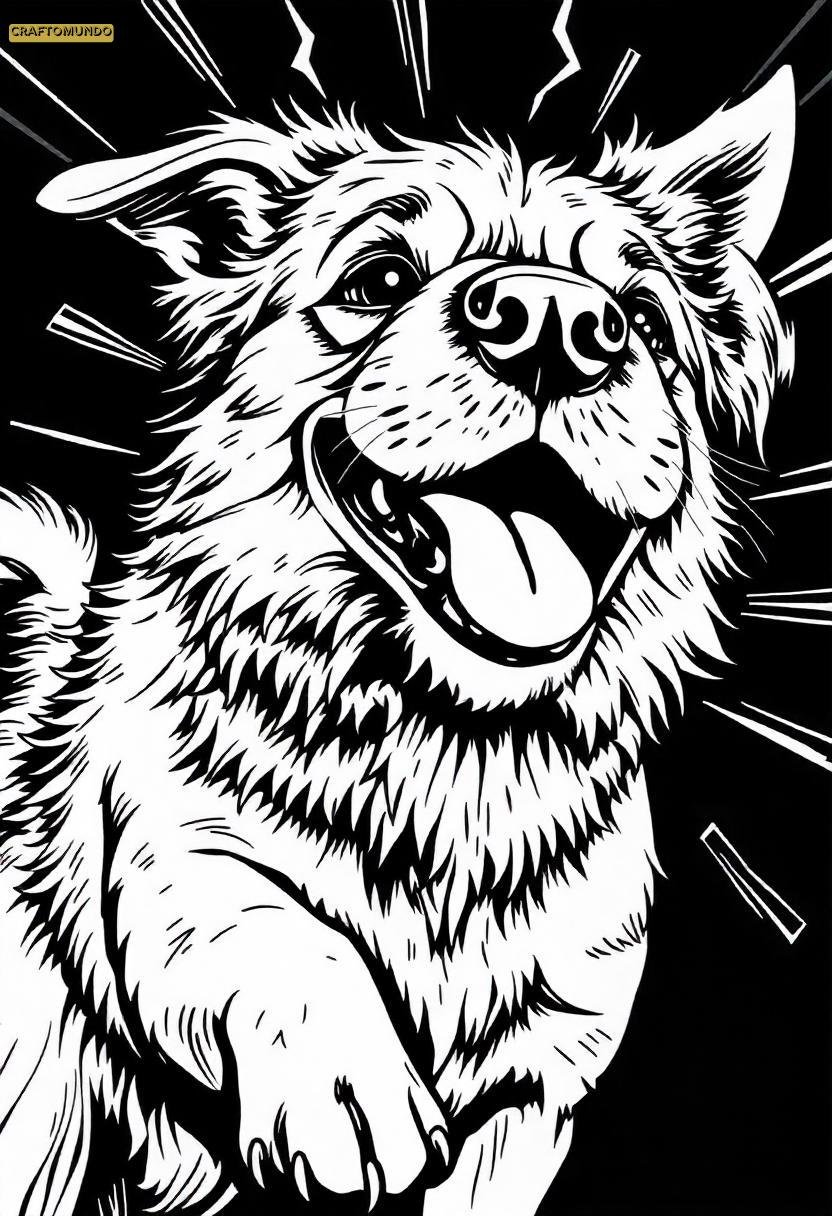
30
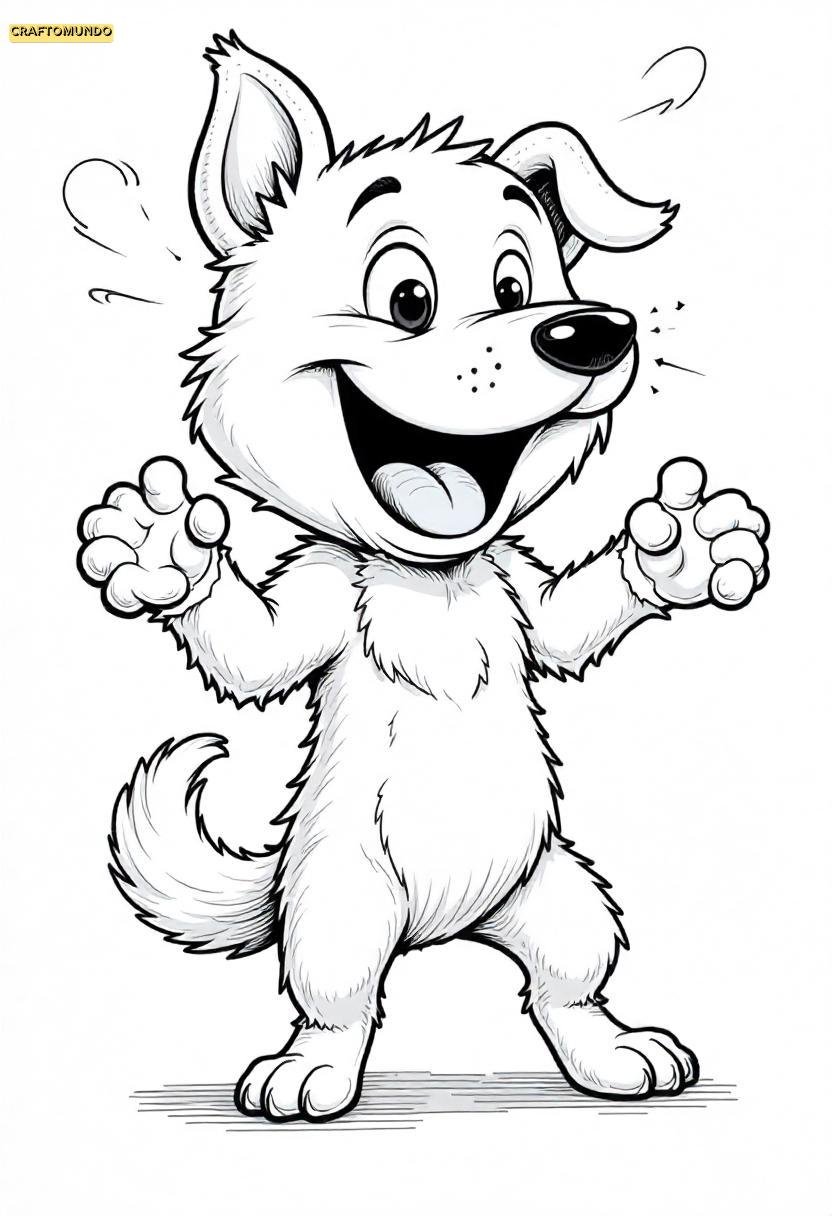
31
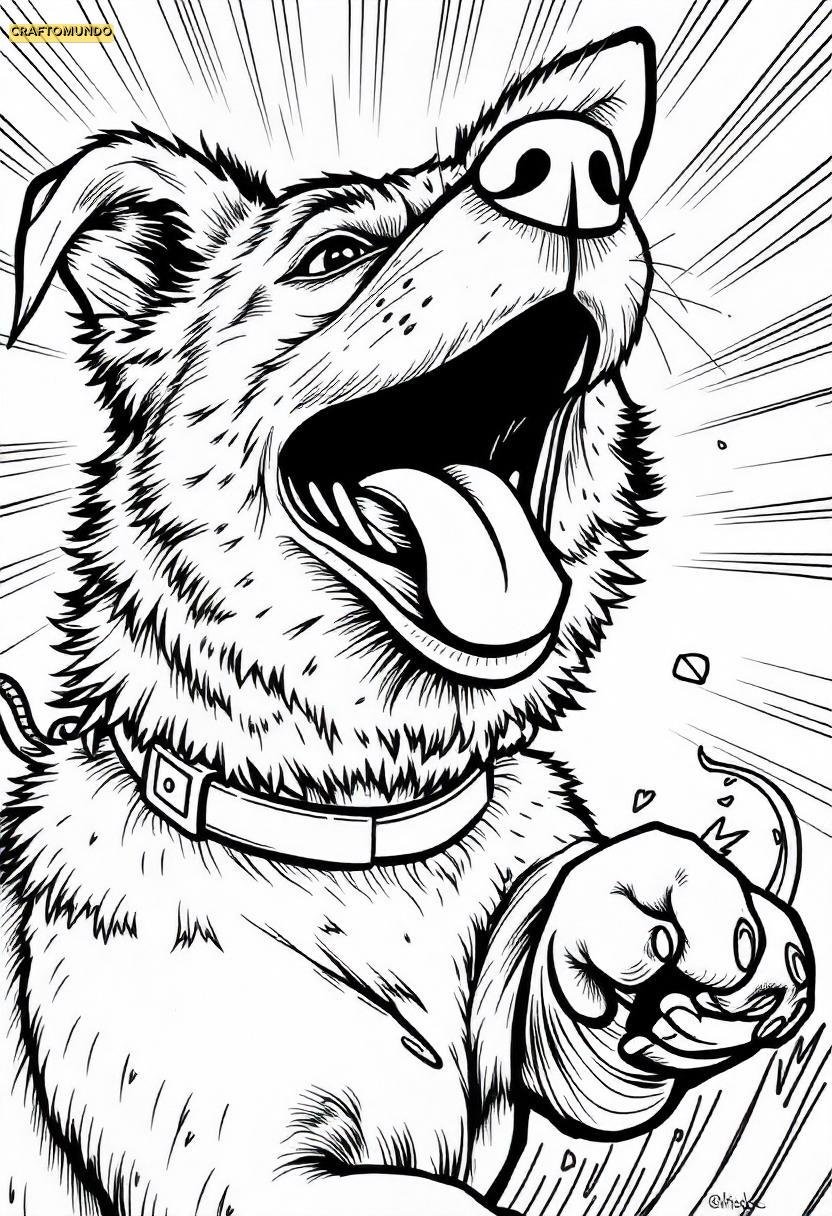
32

33
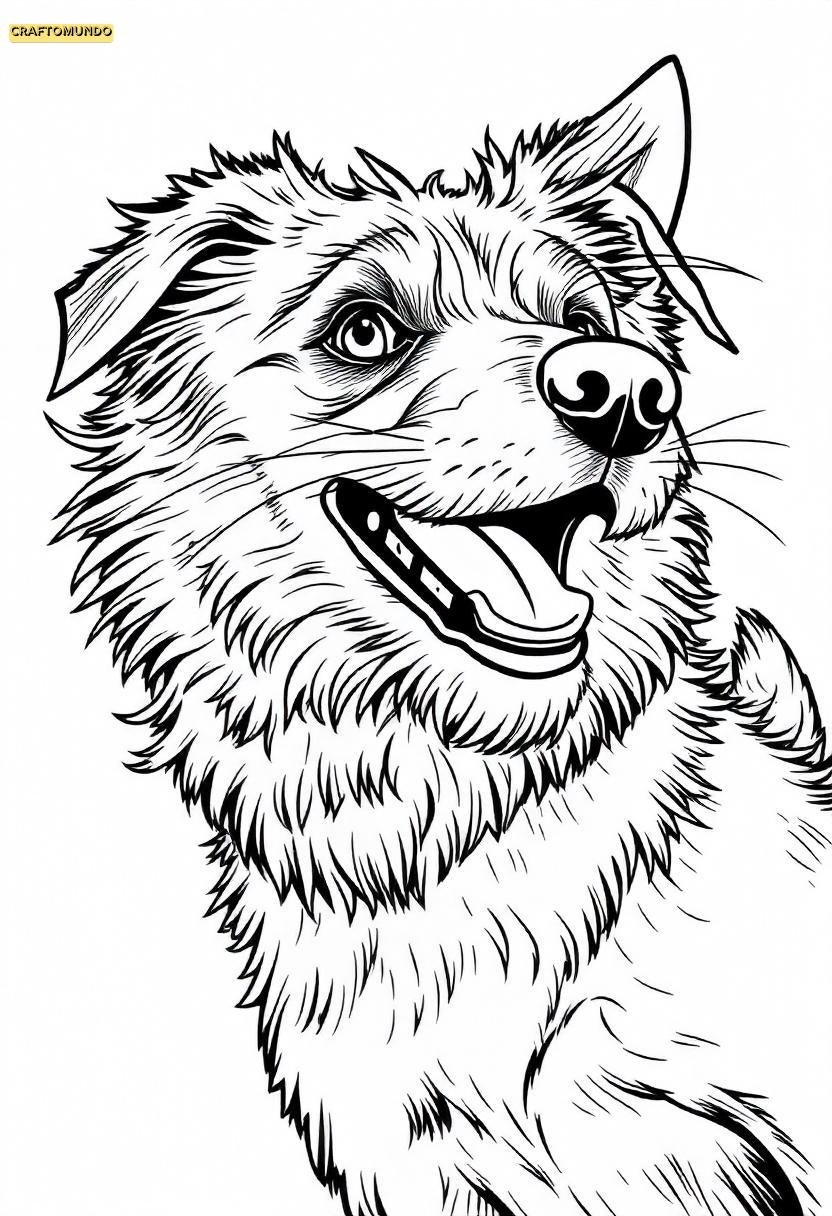
34
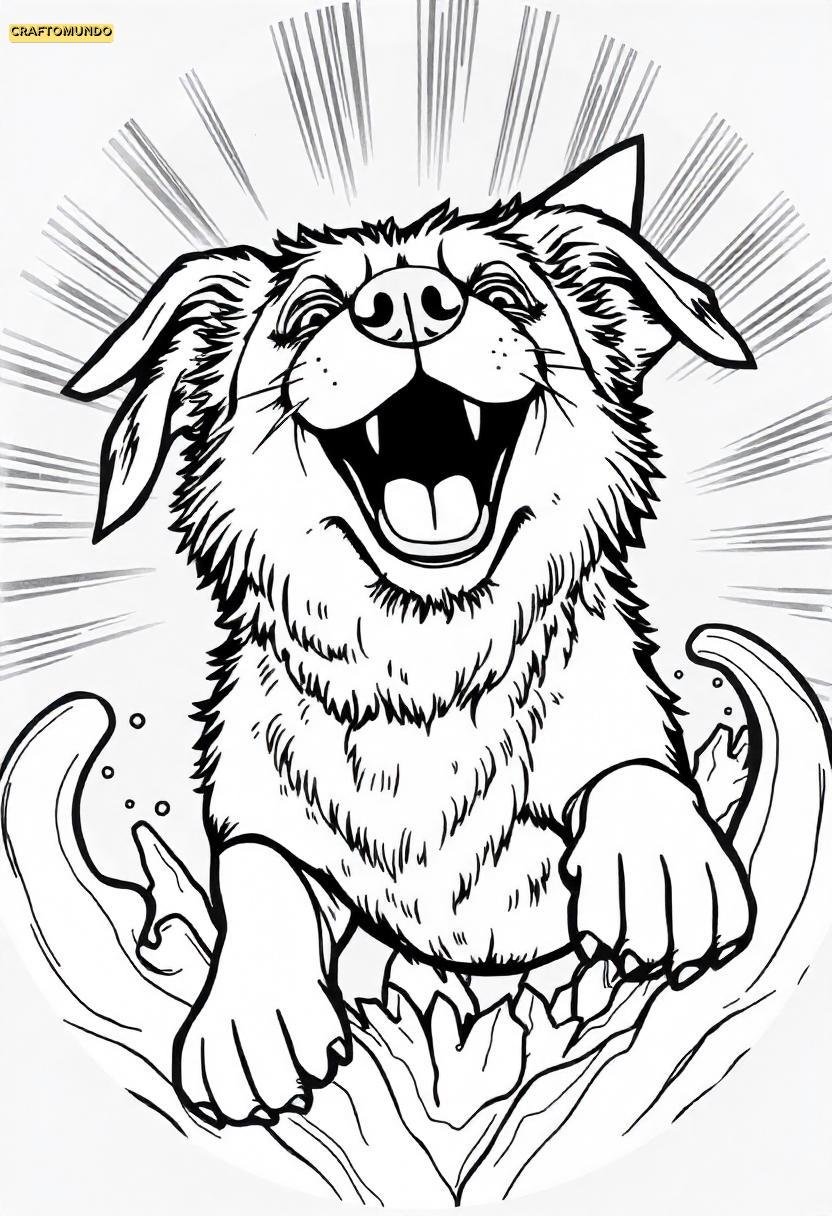
35

36
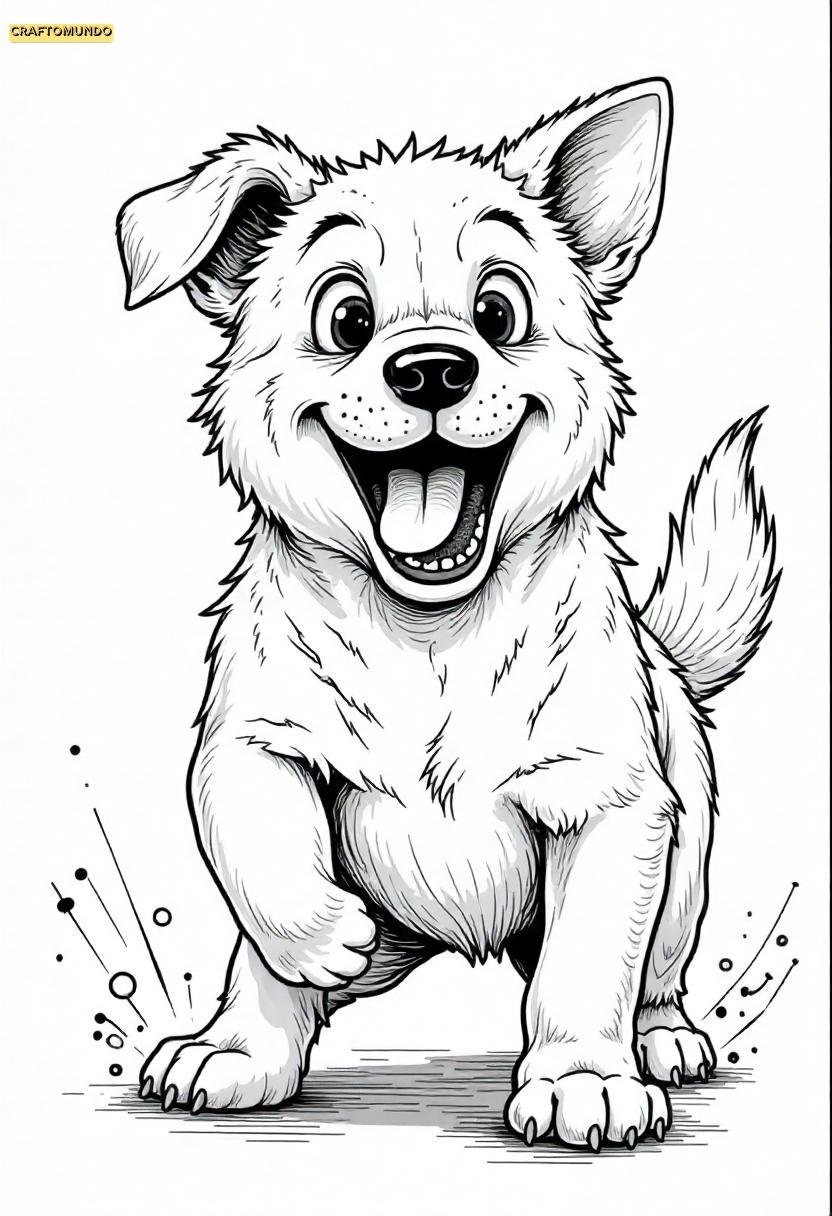
37
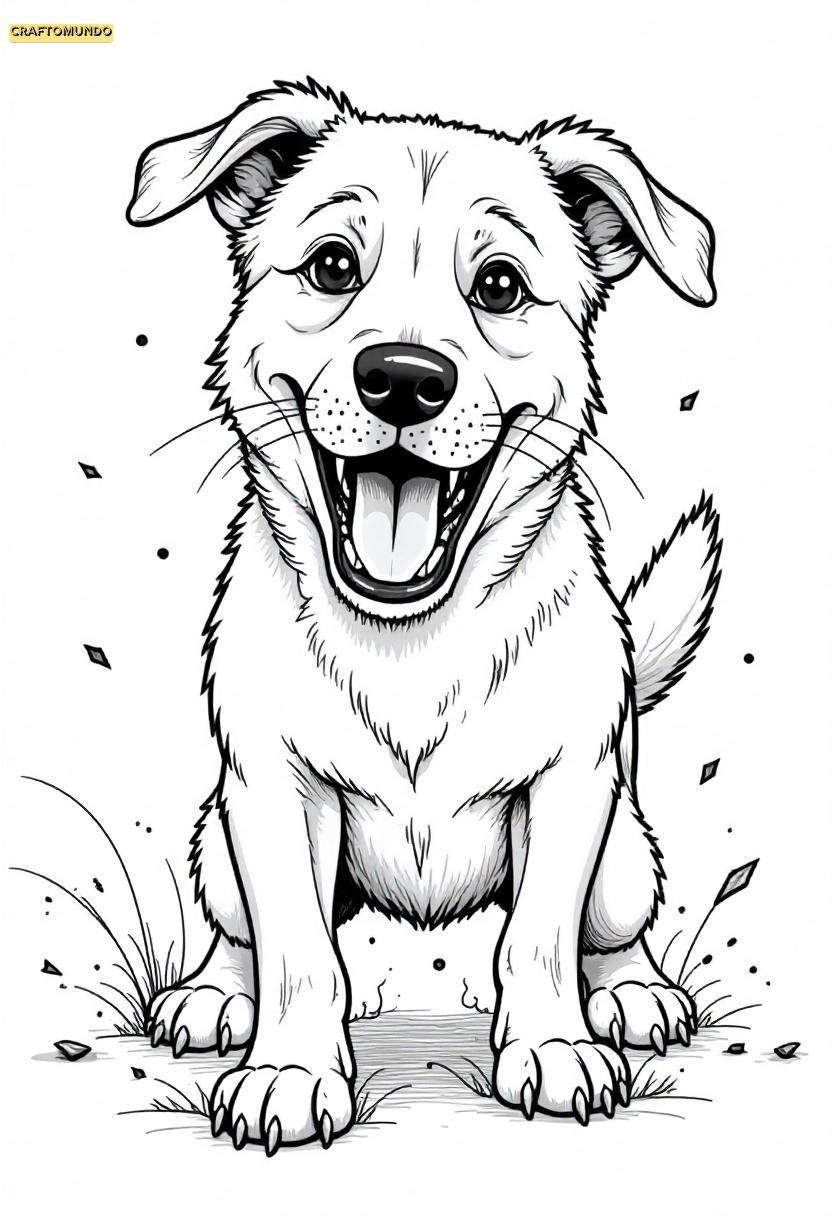
Tips and Tricks While Coloring Dog Coloring Pages
1. Start with a Clean Slate (and a Clean Space!)
Before you start, make sure your workspace is tidy. There’s nothing worse than reaching for your favorite marker and knocking over your coffee (we’ve all been there). A well-organized space can help keep your creativity flowing.
- Pro Tip: Lay out your tools—crayons, colored pencils, markers, or even watercolor paints—so they’re easy to grab. Keep a piece of scrap paper nearby to test colors.
- Bonus Tip: Lighting matters! Make sure you have a well-lit area to avoid straining your eyes and to see those details more clearly.
2. Choose the Right Tools for the Job
Not all coloring tools are created equal, and different mediums give different effects.
- Colored Pencils: Great for precision and blending. Perfect for adding fur texture to your dogs.
- Markers: Bold and vibrant! Use them for bright collars, tongues, or background details.
- Crayons: Ideal for younger colorists or when you want to cover large areas quickly.
- Gel Pens: Add a little sparkle or metallic shine to accessories like collars, tags, or even a glamorous doggy coat.
- Watercolors: For an artistic, painterly vibe. Use on thick, watercolor-safe pages.
3. Pick the Right Palette
Choosing your color scheme can make or break your masterpiece. Think about the dog’s personality or the setting you’re imagining.
- Classic Canines: Go natural with browns, blacks, whites, and grays to resemble real dog breeds.
- Fantasy Fur: Who says your dog can’t have a rainbow coat or galaxy spots? Let your imagination run wild!
- Pop Art Pup: Go bold with neon or primary colors for a modern twist.
If you’re unsure, try searching for inspiration online or in dog breed books to see how you can replicate real-life patterns like dalmatian spots or golden retriever fur.
4. Start with Light Colors
Always begin with lighter shades and build up to darker ones. This prevents mistakes from becoming permanent (especially if you’re using pencils or markers). Plus, layering lighter colors creates depth and texture, which is key for making fur look realistic.
5. Focus on Fur Techniques
Dogs are fluffy, furry, and full of personality! Capturing that essence in a coloring page can make your artwork pop.
For a Realistic Look:
- Use short, quick strokes with colored pencils to mimic fur texture.
- Layer shades of the same color (e.g., light brown, medium brown, dark brown) to create depth.
- Add shadows where fur overlaps (like under the ears or around the neck).
For a Fun Look:
- Try patterns! Stripes, polka dots, or even floral designs can turn your dog into a walking canvas of creativity.
6. Play with Backgrounds
A well-colored dog is the star of the show, but a good background ties the whole piece together.
- Outdoor Scenes: Think grass, sky, flowers, or even a dog park.
- Indoor Vibes: Add rugs, toys, or a cozy fireplace.
- Abstract Art: Use gradients, swirls, or geometric patterns to keep the focus on the dog.
If you’re short on time, use a single color or gradient for the background to keep it simple and chic.
7. Accessorize Your Pup
Dog coloring pages often feature accessories like collars, bows, or bandanas. Use these details to inject some extra fun into your art.
- Metallic Magic: Use gold or silver gel pens for dog tags or buckle details.
- Pattern Play: Add stripes, polka dots, or paw prints to bandanas.
- Glam Up: Give your pup a sparkly bow or rhinestone-studded collar for some extra flair.
8. Don’t Forget About Shadows and Highlights
Adding shadows and highlights is an easy way to make your coloring page go from flat to fabulous.
- Shadows: Use darker tones around the edges or areas where light wouldn’t naturally hit (like under the chin or belly).
- Highlights: Add a touch of white pencil or gel pen on the nose, eyes, or fur to mimic shine and light reflection.
This technique adds dimension and makes your dog look more lifelike—or just extra cool.
9. Blend Like a Pro
Blending is the secret sauce to smooth, professional-looking coloring.
- Colored Pencils: Use a blending pencil or a tissue to gently smudge and smooth colors.
- Markers: Layer colors while the ink is still wet to create seamless transitions.
- Crayons: Press lightly and overlap colors for a soft gradient effect.
Experiment with blending tools like blending stumps, cotton swabs, or even your fingers (messy, but fun!).
10. Add Tiny Details for Personality
Dogs are full of quirks, and your coloring page can reflect that! Add some personality to make your artwork stand out:
- Freckles or Spots: Use fine-tipped markers or pencils to add spots to your dalmatian or freckles to your golden retriever.
- Expression: Emphasize the eyes with a pop of white for sparkle, or add eyebrows for extra sass.
- Unique Patterns: Turn your dog into a tiger-striped pup, a cosmic canine, or a patchwork masterpiece.
11. Experiment with Textures
Not all dog breeds are the same! Smooth-coated breeds like dachshunds require a different approach than fluffy poodles or shaggy terriers.
- Short Fur: Use smooth, even strokes with a pencil or marker.
- Long Fur: Layer longer strokes and blend multiple shades for a flowing effect.
- Curly Fur: Try tiny, looping motions for breeds like poodles or bichons.
Adding texture helps bring out the dog’s unique traits and gives your coloring page an extra layer of interest.
12. Mix and Match Mediums
Why stick to just one medium? Mixing tools can add depth and flair.
- Use markers for bold base colors, then layer colored pencils on top for shading.
- Add a touch of glitter glue or metallic pens for eye-catching accents.
- Combine watercolors with gel pens for a dreamy, whimsical effect.
13. Take Your Time
Rome wasn’t built in a day, and your masterpiece doesn’t have to be either! Coloring is meant to be a relaxing activity, so don’t rush it.
- Set the Mood: Put on some music, grab a cup of tea (or coffee!), and settle in for some “me time.”
- Break It Down: If a full page feels overwhelming, tackle it in sections—maybe the dog first, then the background, and finally the accessories.
14. Use Reference Images
If you’re trying to replicate a specific breed or create a realistic look, having a reference image can be a game-changer. Look up photos of your favorite dog breeds to study their fur patterns, colors, and facial features.
15. Share Your Work
Half the fun of coloring is showing off your finished piece! Share your masterpiece on social media or with friends and fellow dog lovers. You might inspire someone else to pick up their coloring tools and start creating.
- Pro Tip: Join online coloring communities to exchange tips, tricks, and feedback. You’ll find plenty of people who share your love for dogs and creativity.
16. Keep Practicing
The more you color, the better you’ll get. Experiment with new techniques, try out different tools, and don’t be afraid to make mistakes. Every page is an opportunity to learn and grow as an artist.
